Robust Computing Systems: From Today to the N3XT 1,000×
Robust Computing Systems: From Today to the N3XT 1,000×
-
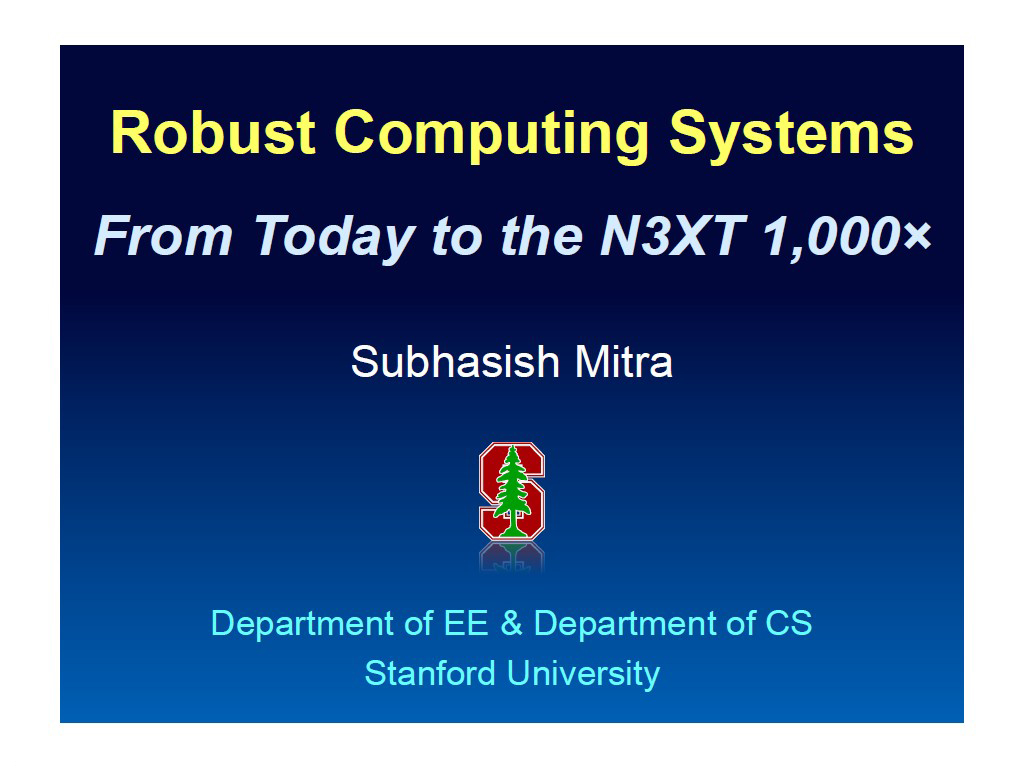 1. Robust Computing Systems From …
0
00:00/00:00
1. Robust Computing Systems From …
0
00:00/00:00 -
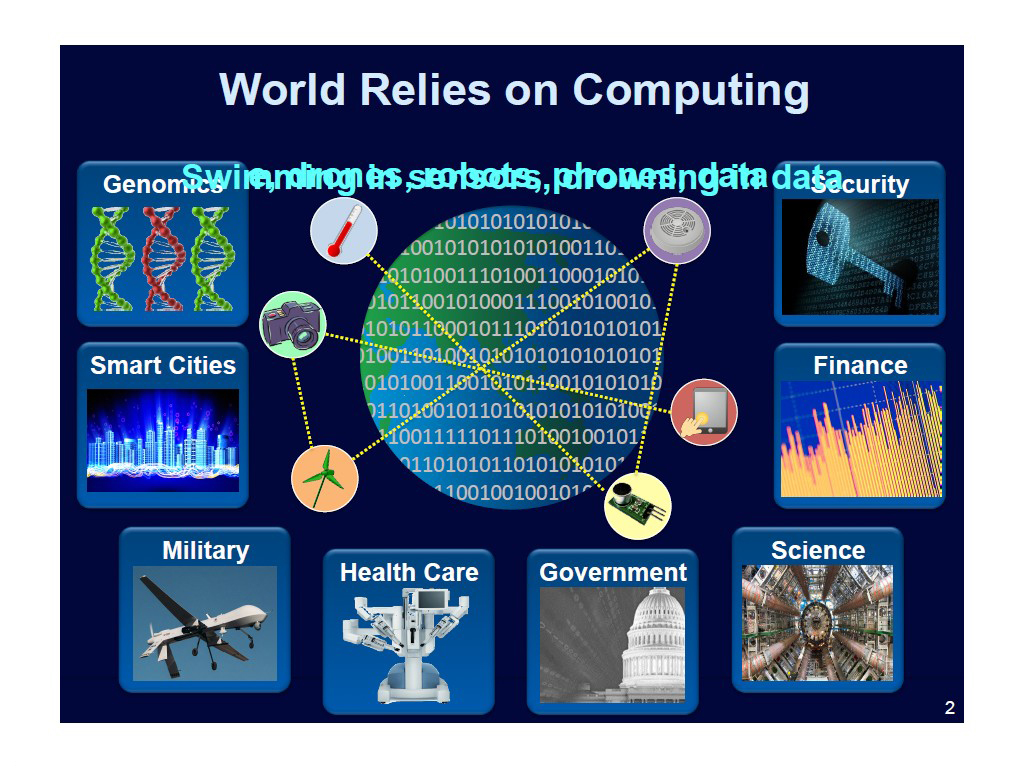 2. World Relies on Computing
162.59592926259595
00:00/00:00
2. World Relies on Computing
162.59592926259595
00:00/00:00 -
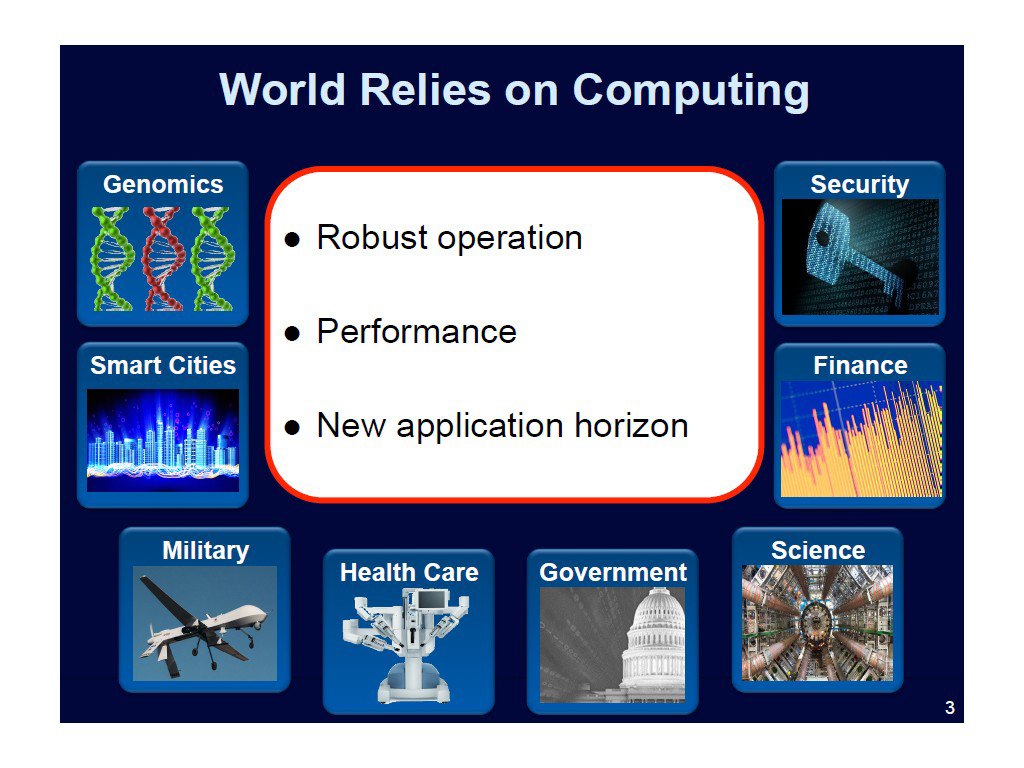 3. World Relies on Computing
215.48214881548216
00:00/00:00
3. World Relies on Computing
215.48214881548216
00:00/00:00 -
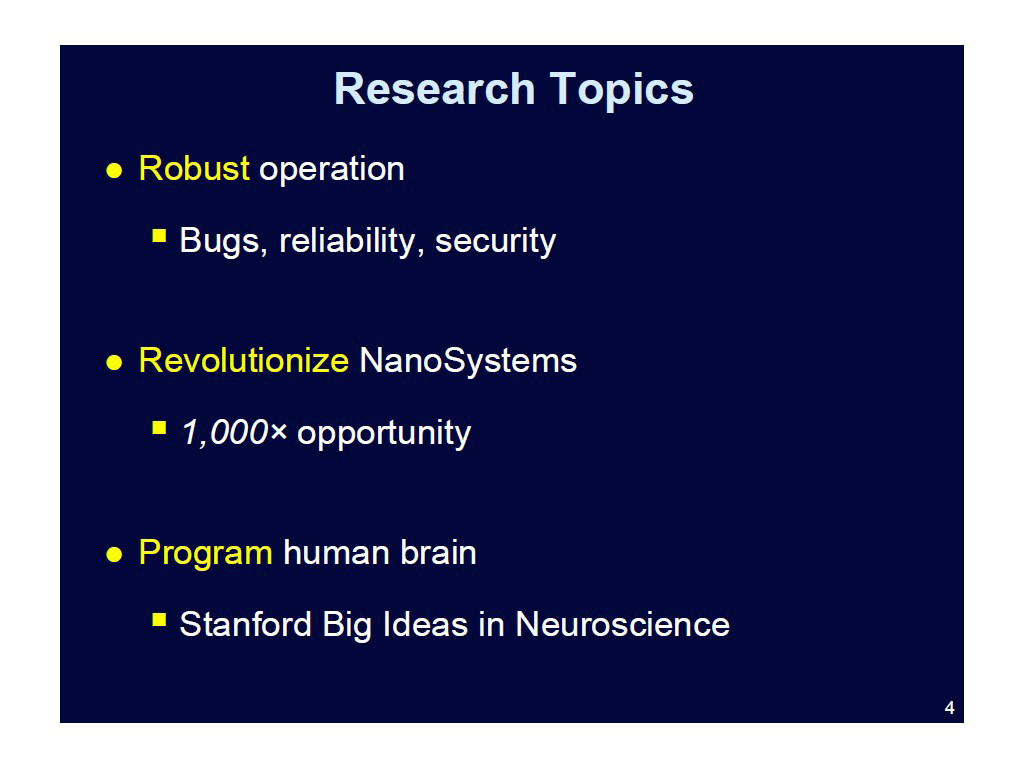 4. Research Topics
316.08274941608278
00:00/00:00
4. Research Topics
316.08274941608278
00:00/00:00 -
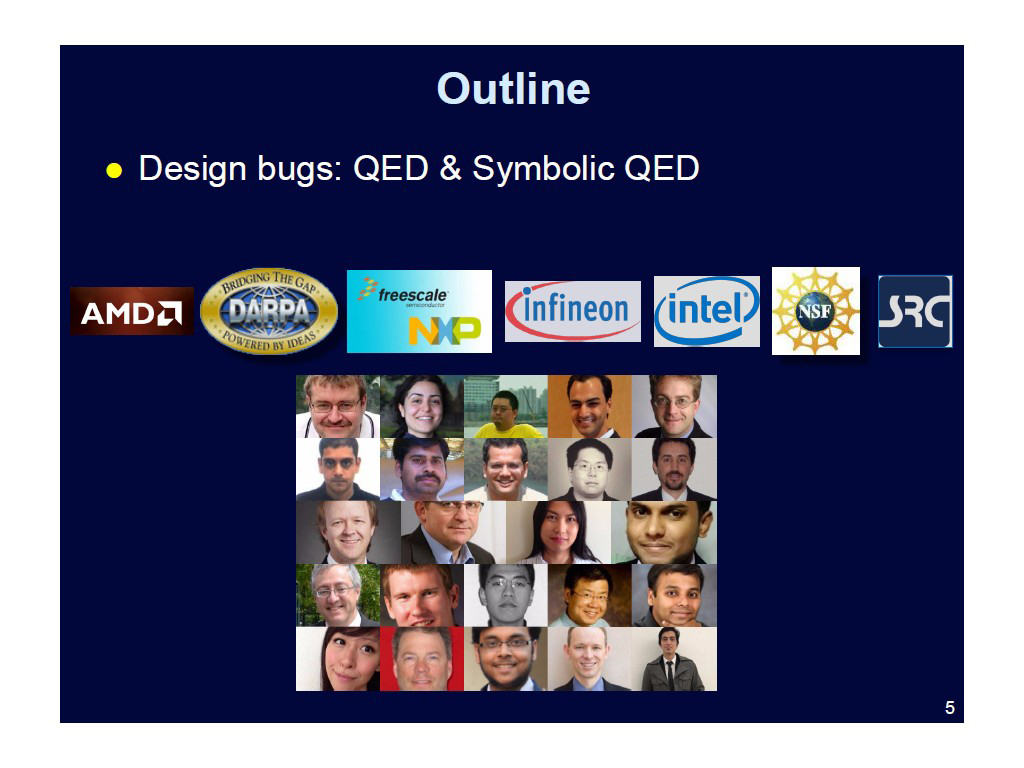 5. Outline
468.30163496830164
00:00/00:00
5. Outline
468.30163496830164
00:00/00:00 -
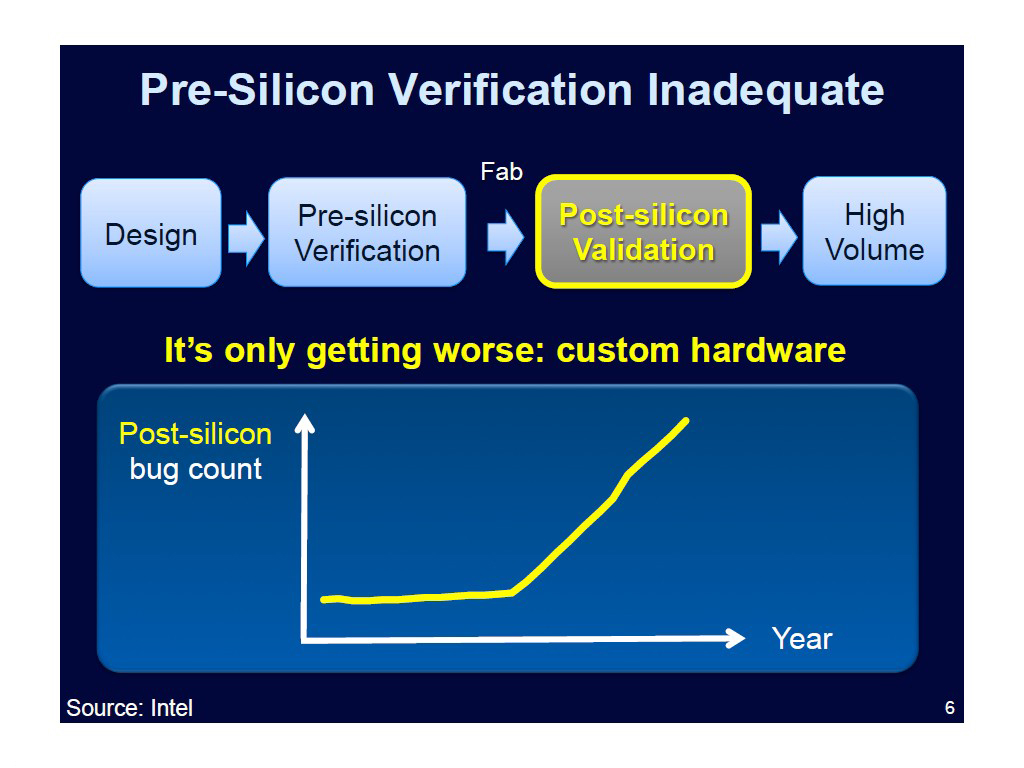 6. Pre-Silicon Verification Inade…
500.13346680013348
00:00/00:00
6. Pre-Silicon Verification Inade…
500.13346680013348
00:00/00:00 -
 7. Post-Silicon Validation Diffic…
612.31231231231232
00:00/00:00
7. Post-Silicon Validation Diffic…
612.31231231231232
00:00/00:00 -
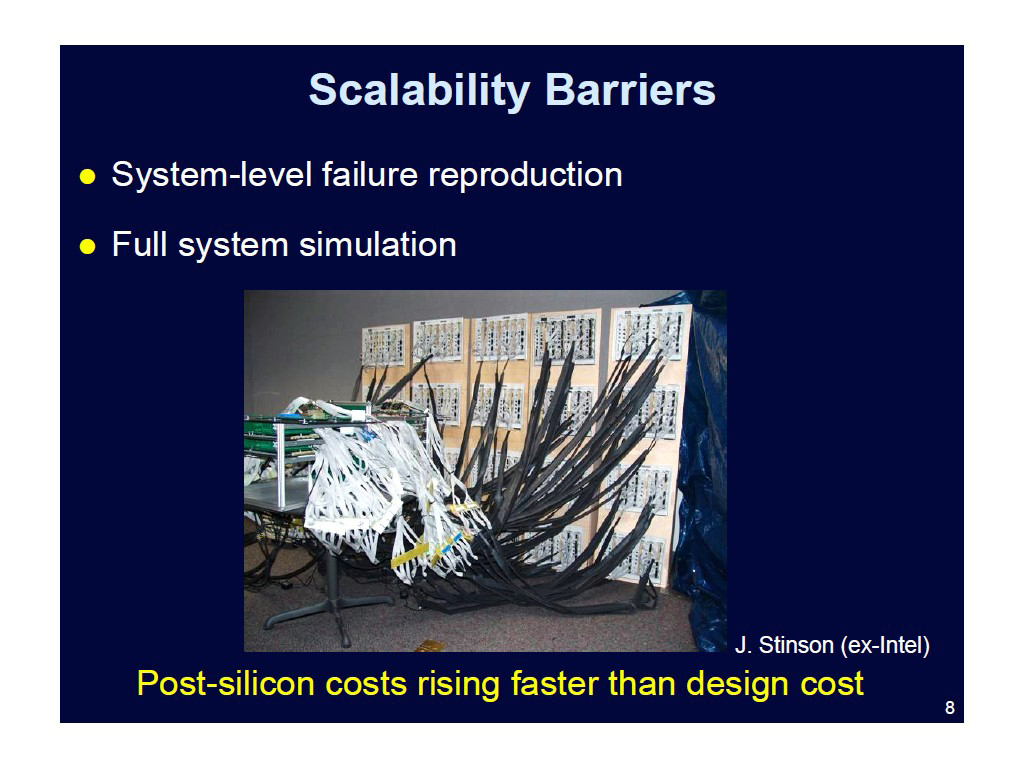 8. Scalability Barriers
720.653987320654
00:00/00:00
8. Scalability Barriers
720.653987320654
00:00/00:00 -
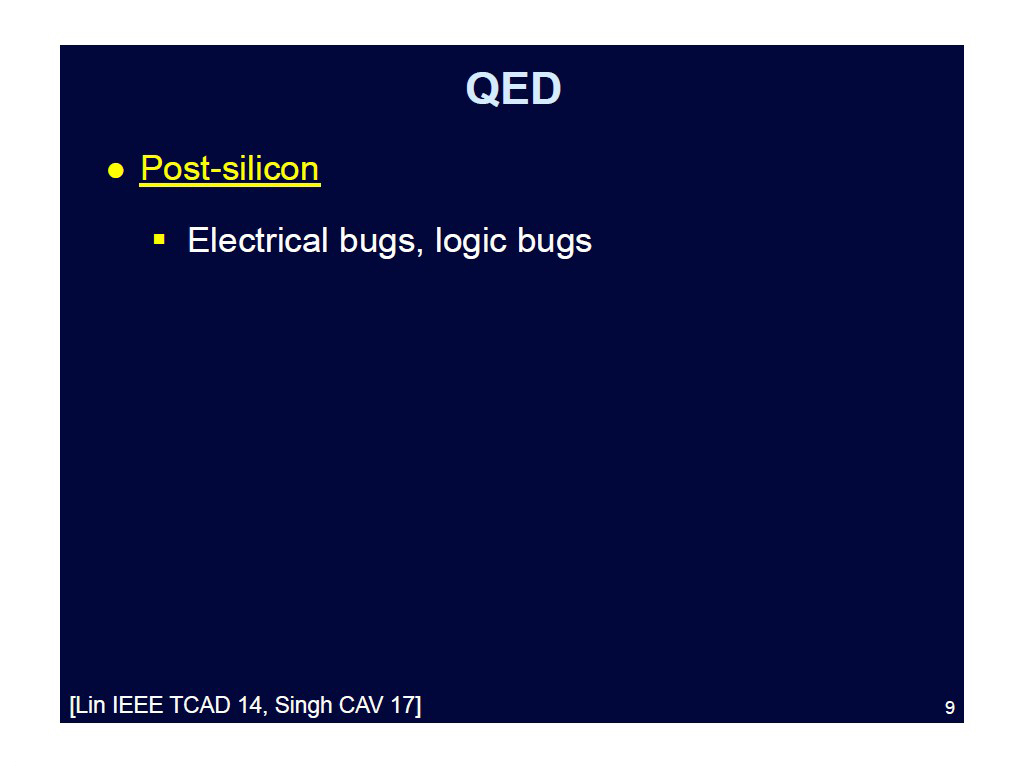 9. QED
817.25058391725065
00:00/00:00
9. QED
817.25058391725065
00:00/00:00 -
 10. Error Detection Latency
900.80080080080086
00:00/00:00
10. Error Detection Latency
900.80080080080086
00:00/00:00 -
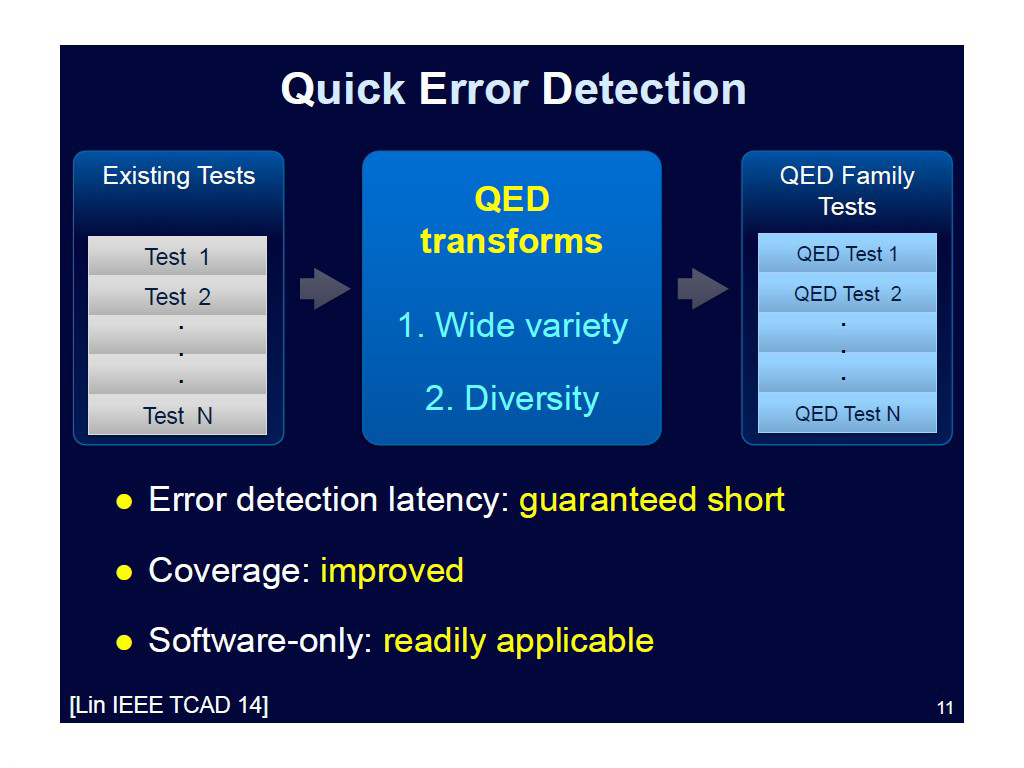 11. Quick Error Detection
1011.5782449115783
00:00/00:00
11. Quick Error Detection
1011.5782449115783
00:00/00:00 -
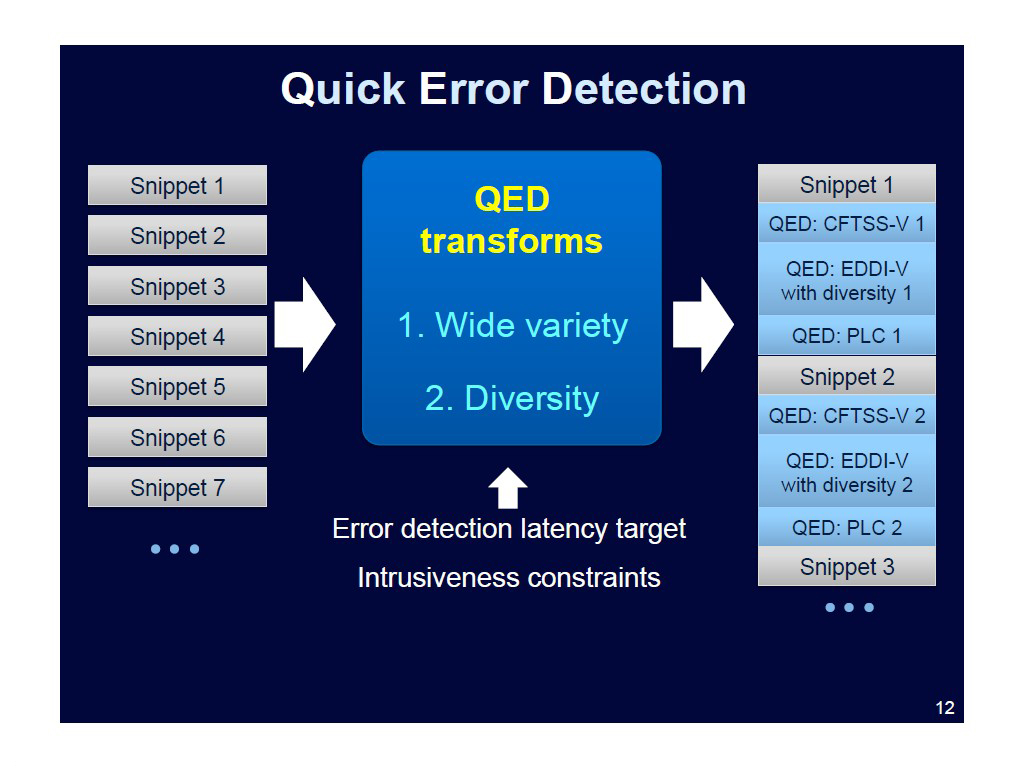 12. Quick Error Detection
1133.3667000333667
00:00/00:00
12. Quick Error Detection
1133.3667000333667
00:00/00:00 -
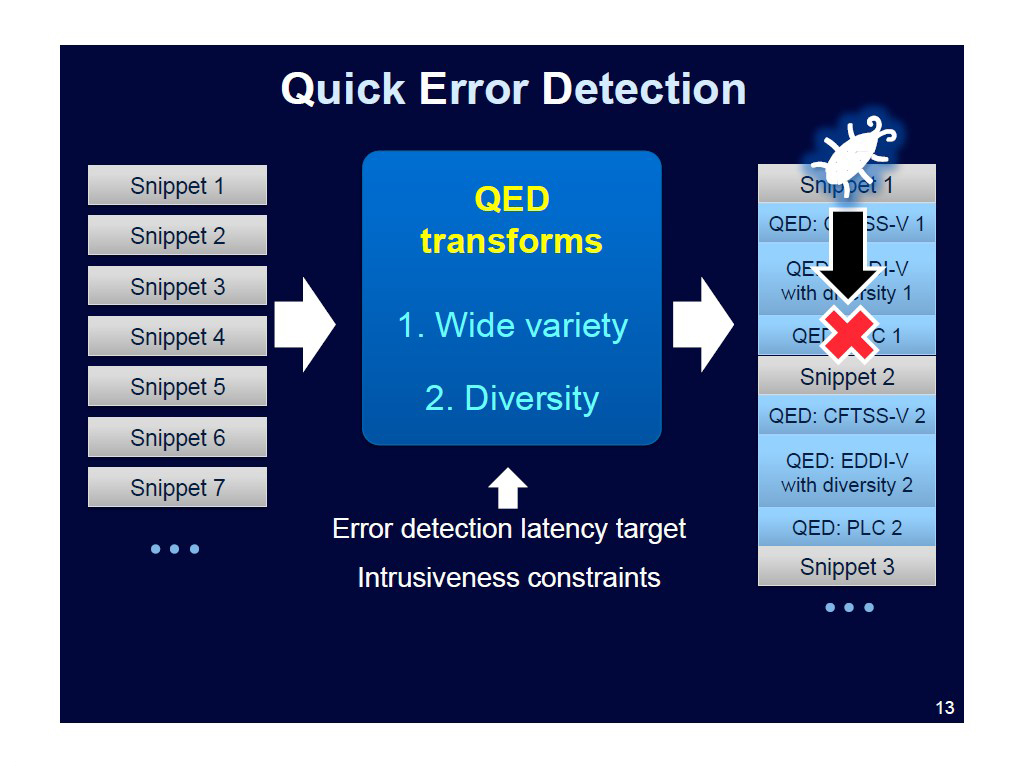 13. Quick Error Detection
1220.0533867200534
00:00/00:00
13. Quick Error Detection
1220.0533867200534
00:00/00:00 -
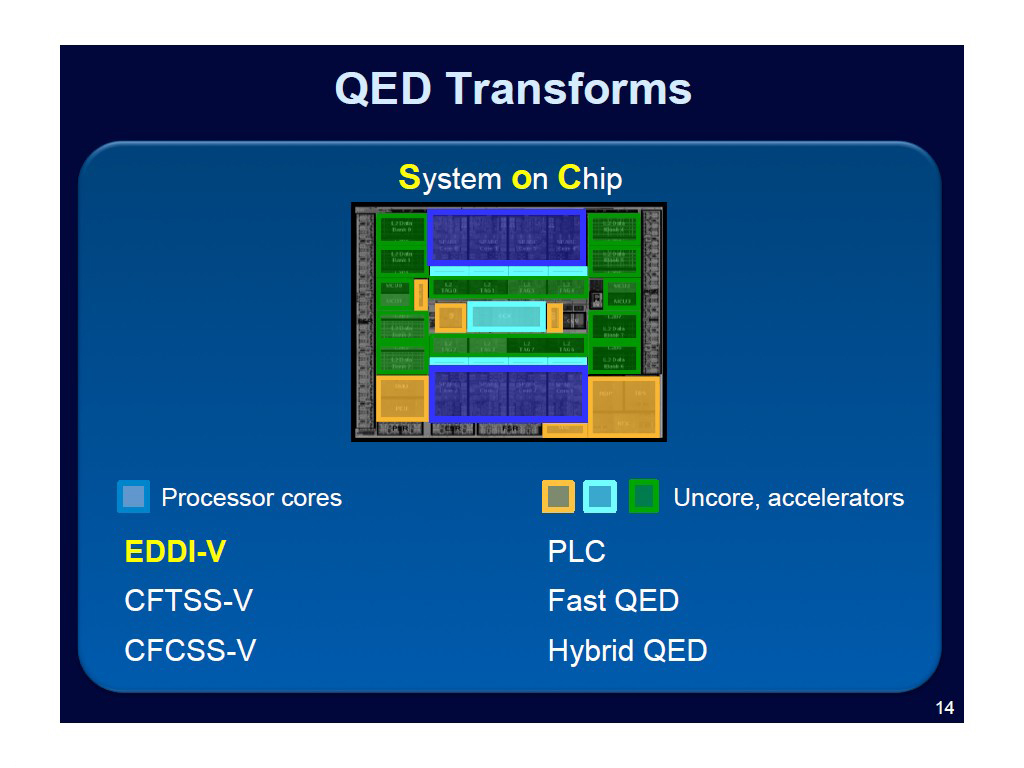 14. QED Transforms
1258.0246913580247
00:00/00:00
14. QED Transforms
1258.0246913580247
00:00/00:00 -
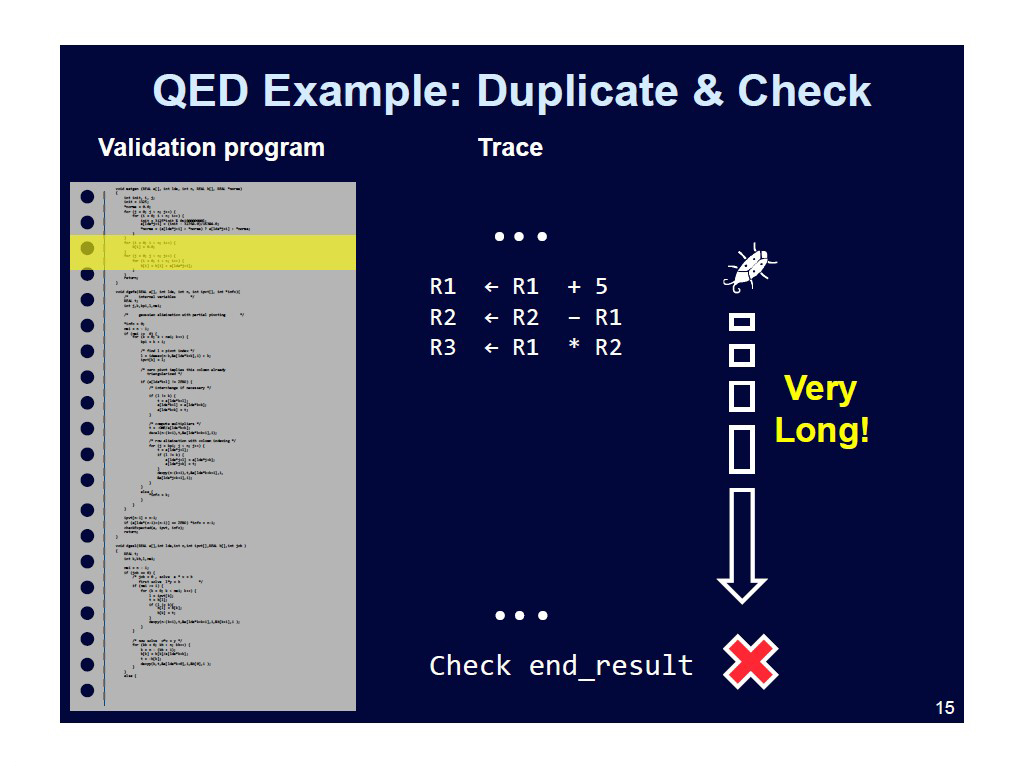 15. QED Example: Duplicate & Check
1297.4307640974307
00:00/00:00
15. QED Example: Duplicate & Check
1297.4307640974307
00:00/00:00 -
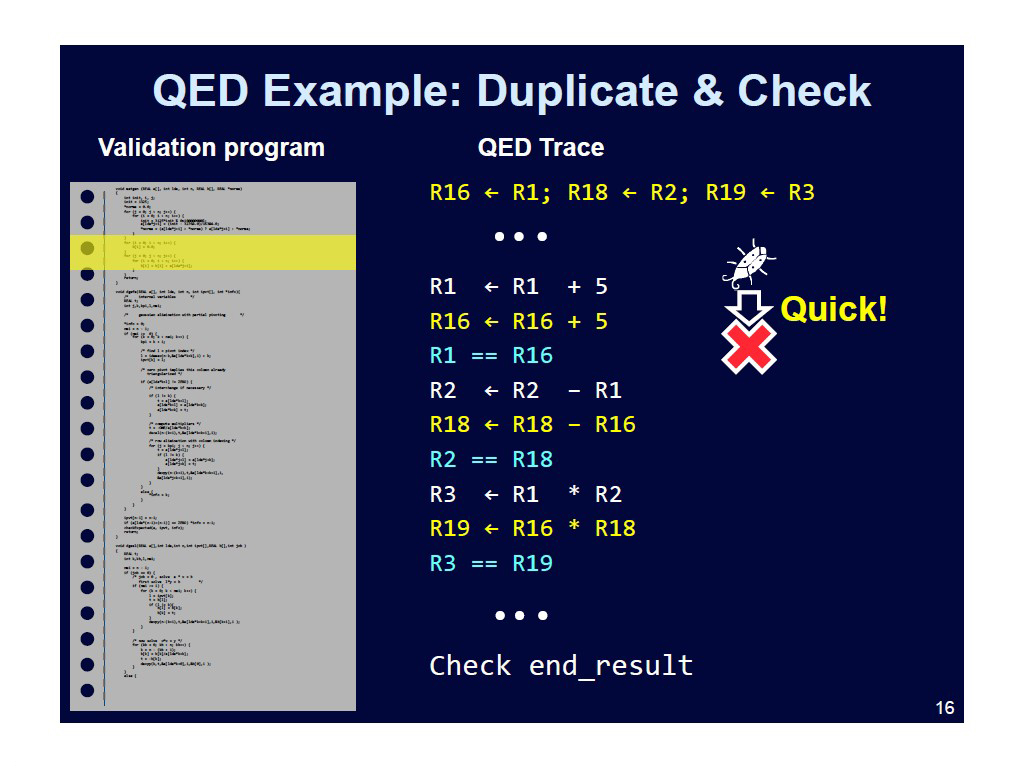 16. QED Example: Duplicate & Check
1320.2202202202202
00:00/00:00
16. QED Example: Duplicate & Check
1320.2202202202202
00:00/00:00 -
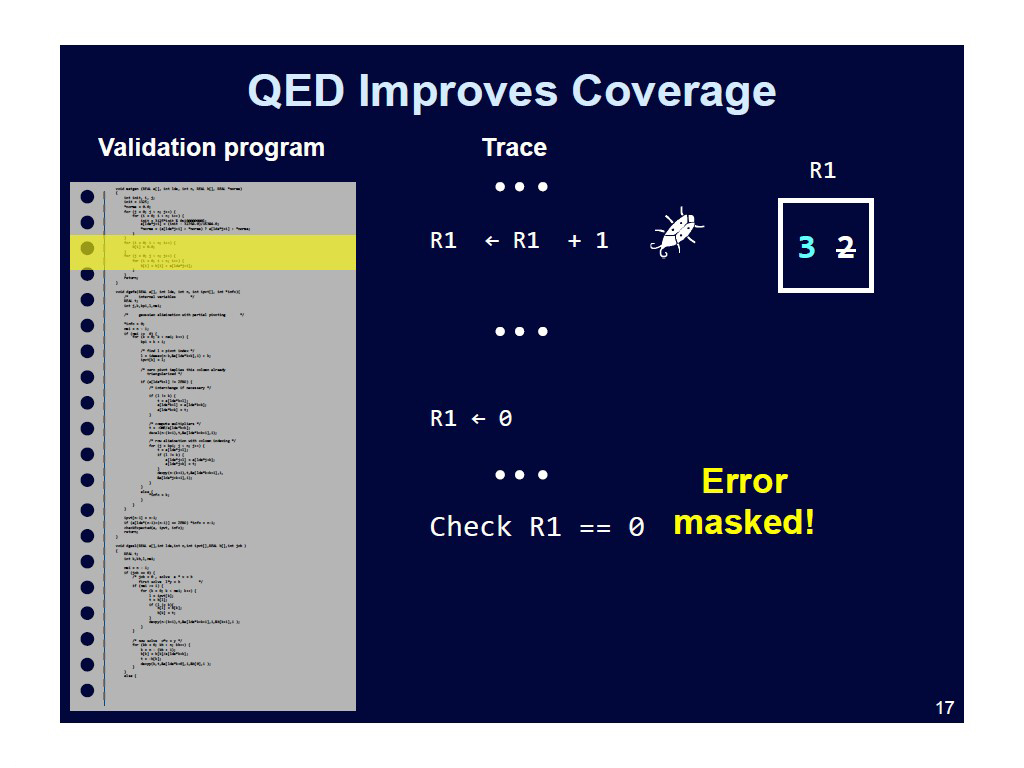 17. QED Improves Coverage
1466.5665665665667
00:00/00:00
17. QED Improves Coverage
1466.5665665665667
00:00/00:00 -
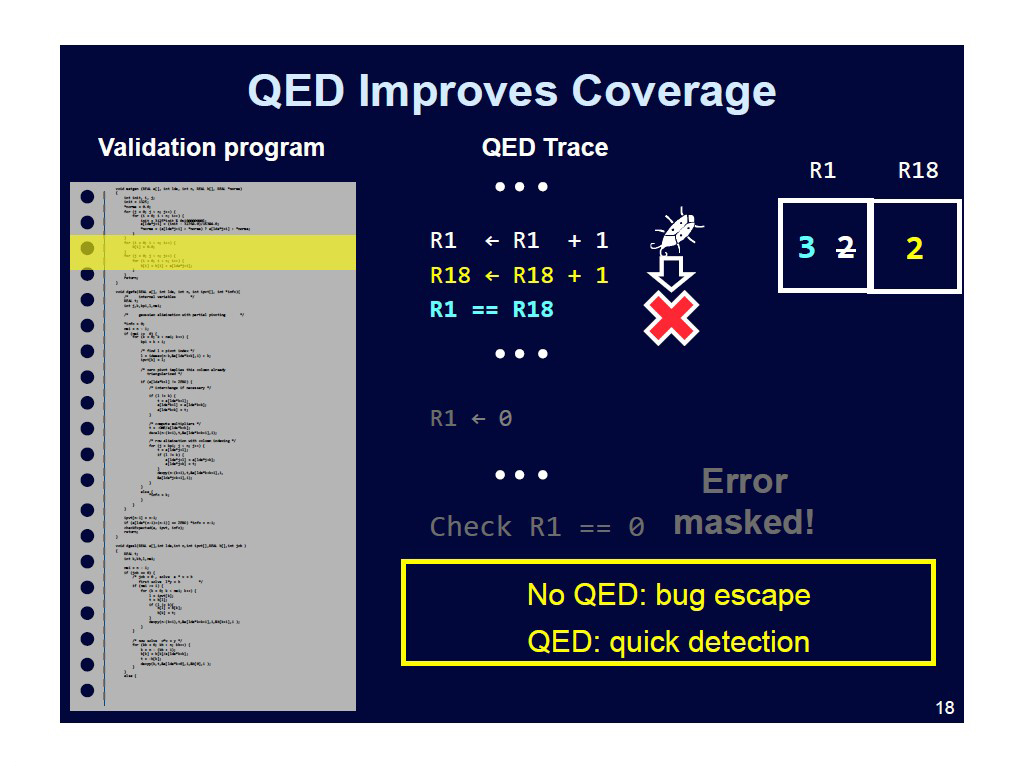 18. QED Improves Coverage
1492.7594260927594
00:00/00:00
18. QED Improves Coverage
1492.7594260927594
00:00/00:00 -
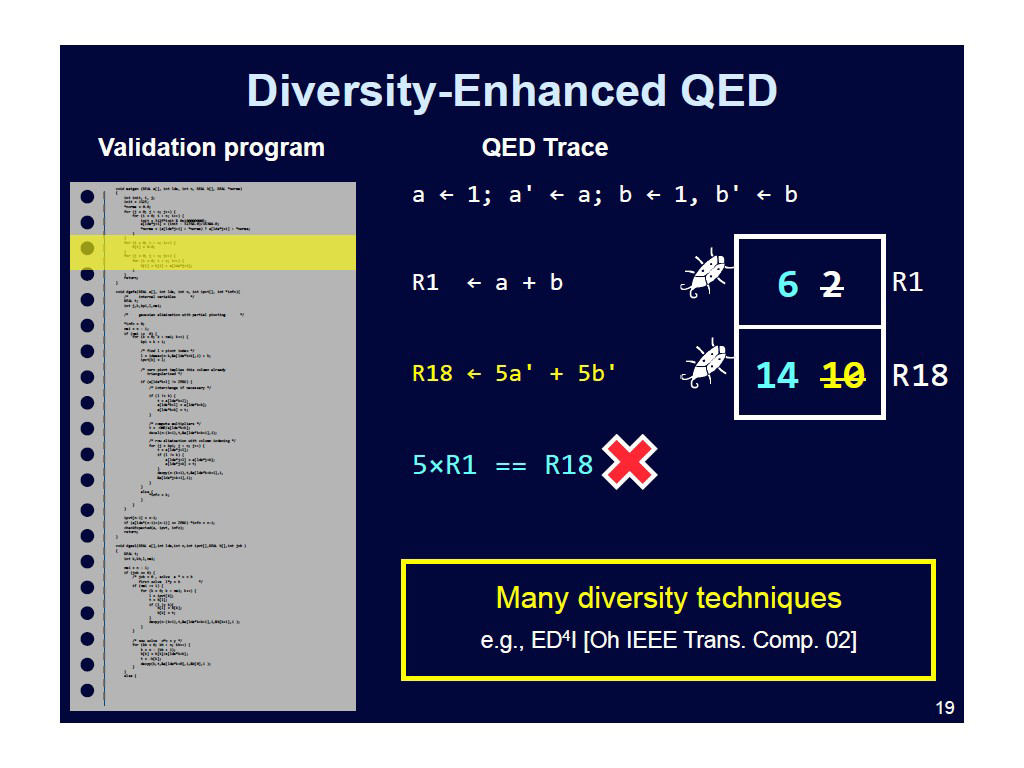 19. Diversity-Enhanced QED
1503.3033033033034
00:00/00:00
19. Diversity-Enhanced QED
1503.3033033033034
00:00/00:00 -
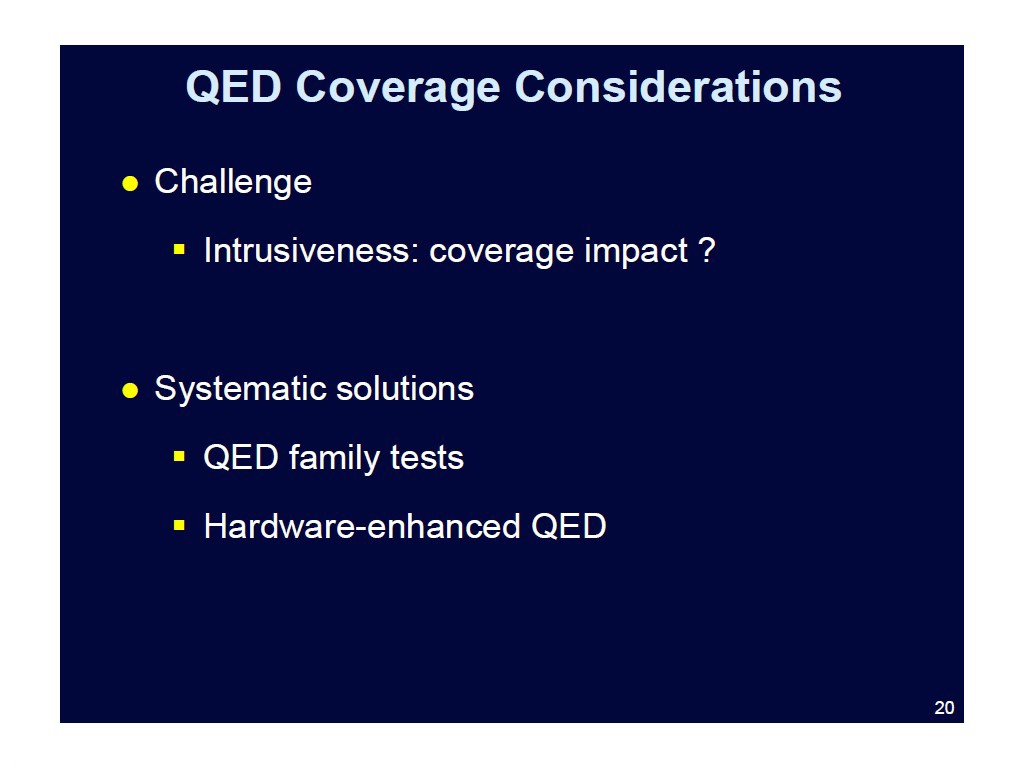 20. QED Coverage Considerations
1660.8608608608608
00:00/00:00
20. QED Coverage Considerations
1660.8608608608608
00:00/00:00 -
 21. QED Effective for Electrical B…
1778.9122455789122
00:00/00:00
21. QED Effective for Electrical B…
1778.9122455789122
00:00/00:00 -
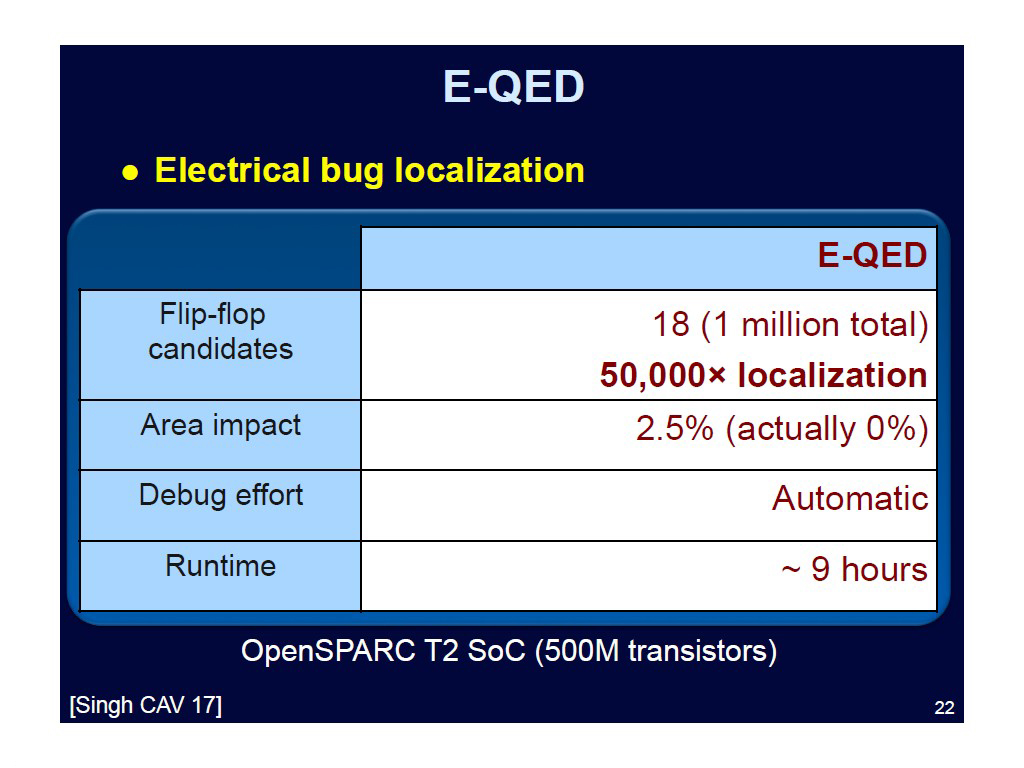 22. E-QED
1879.9132465799132
00:00/00:00
22. E-QED
1879.9132465799132
00:00/00:00 -
 23. QED Effective for Logic Bugs
1930.1634968301635
00:00/00:00
23. QED Effective for Logic Bugs
1930.1634968301635
00:00/00:00 -
 24. Symbolic QED
2009.0757424090759
00:00/00:00
24. Symbolic QED
2009.0757424090759
00:00/00:00 -
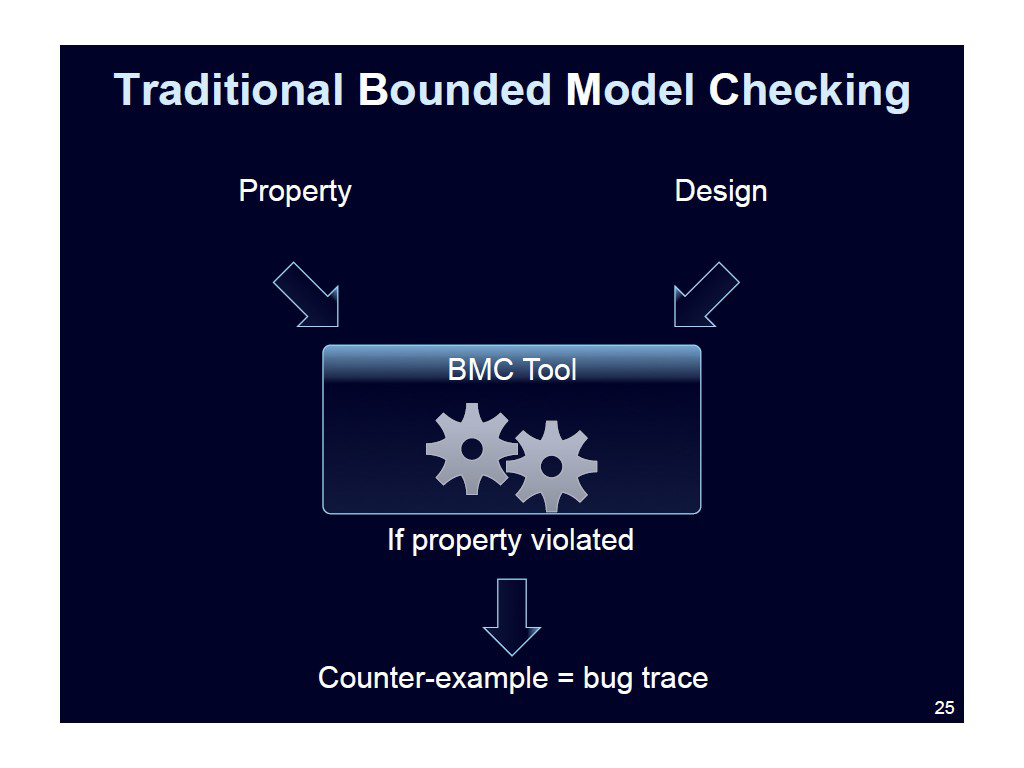 25. Traditional Bounded Model Chec…
2051.7183850517185
00:00/00:00
25. Traditional Bounded Model Chec…
2051.7183850517185
00:00/00:00 -
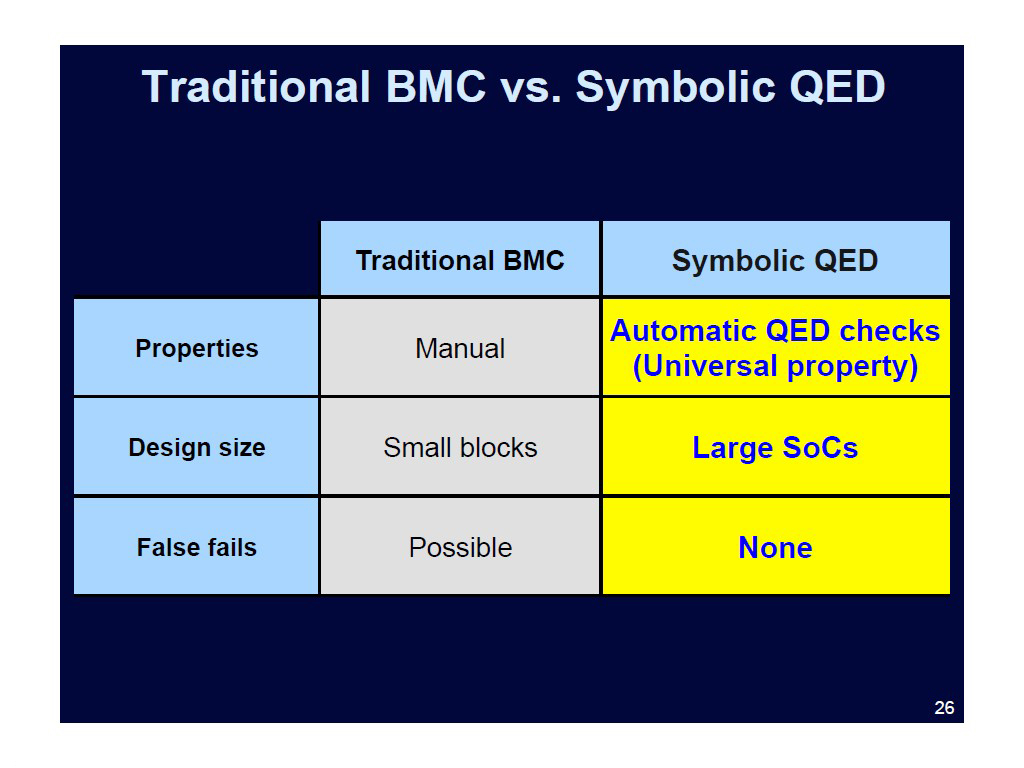 26. Traditional BMC vs. Symbolic Q…
2093.3933933933936
00:00/00:00
26. Traditional BMC vs. Symbolic Q…
2093.3933933933936
00:00/00:00 -
 27. BMC Symbolic QED
2179.1124457791125
00:00/00:00
27. BMC Symbolic QED
2179.1124457791125
00:00/00:00 -
 28. Symbolic QED Results
2270.8041374708041
00:00/00:00
28. Symbolic QED Results
2270.8041374708041
00:00/00:00 -
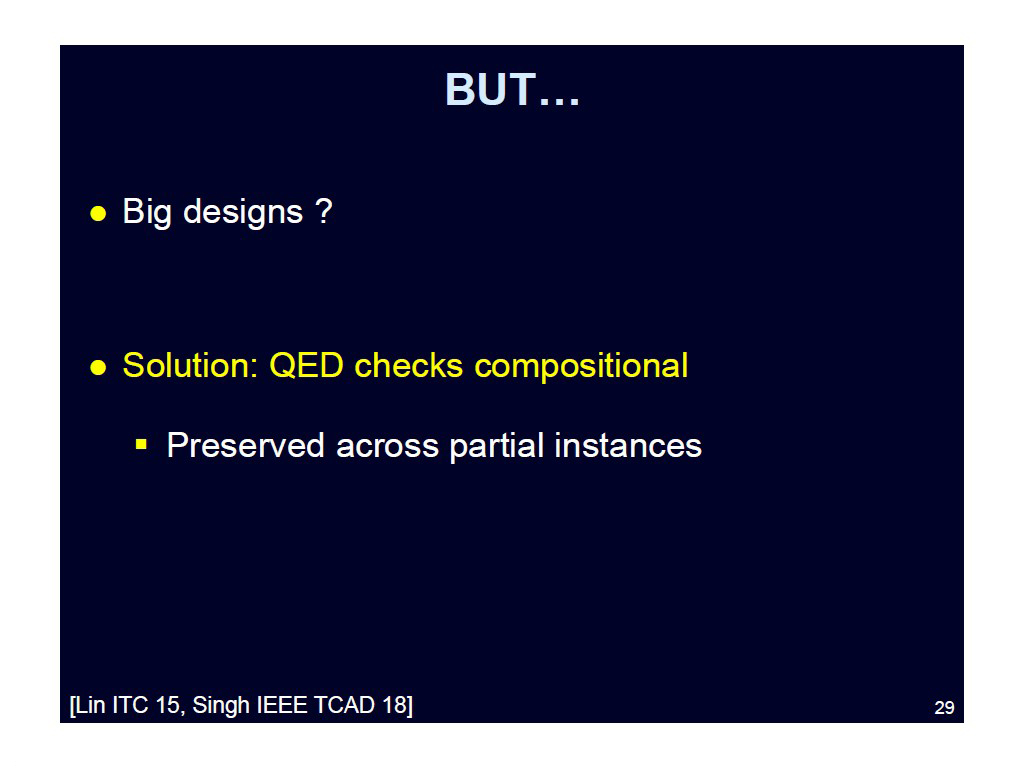 29. BUT…
2407.4074074074074
00:00/00:00
29. BUT…
2407.4074074074074
00:00/00:00 -
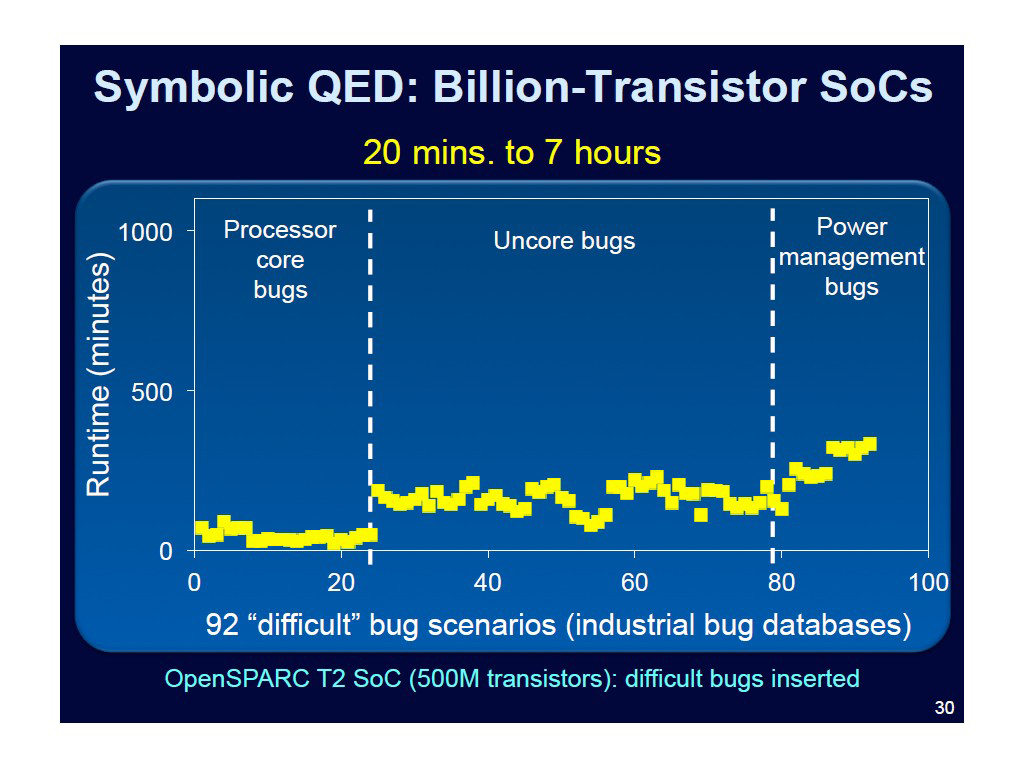 30. Symbolic QED: Billion-Transist…
2456.9903236569903
00:00/00:00
30. Symbolic QED: Billion-Transist…
2456.9903236569903
00:00/00:00 -
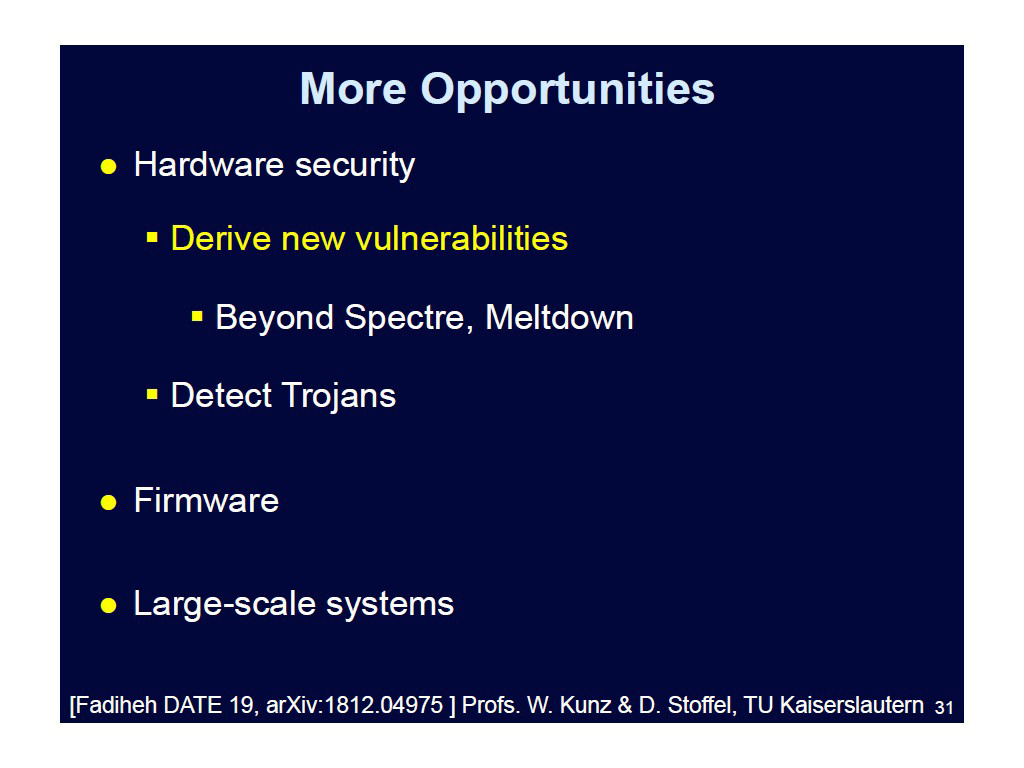 31. More Opportunities
2480.9476142809476
00:00/00:00
31. More Opportunities
2480.9476142809476
00:00/00:00 -
 32. Outline
2551.7517517517517
00:00/00:00
32. Outline
2551.7517517517517
00:00/00:00 -
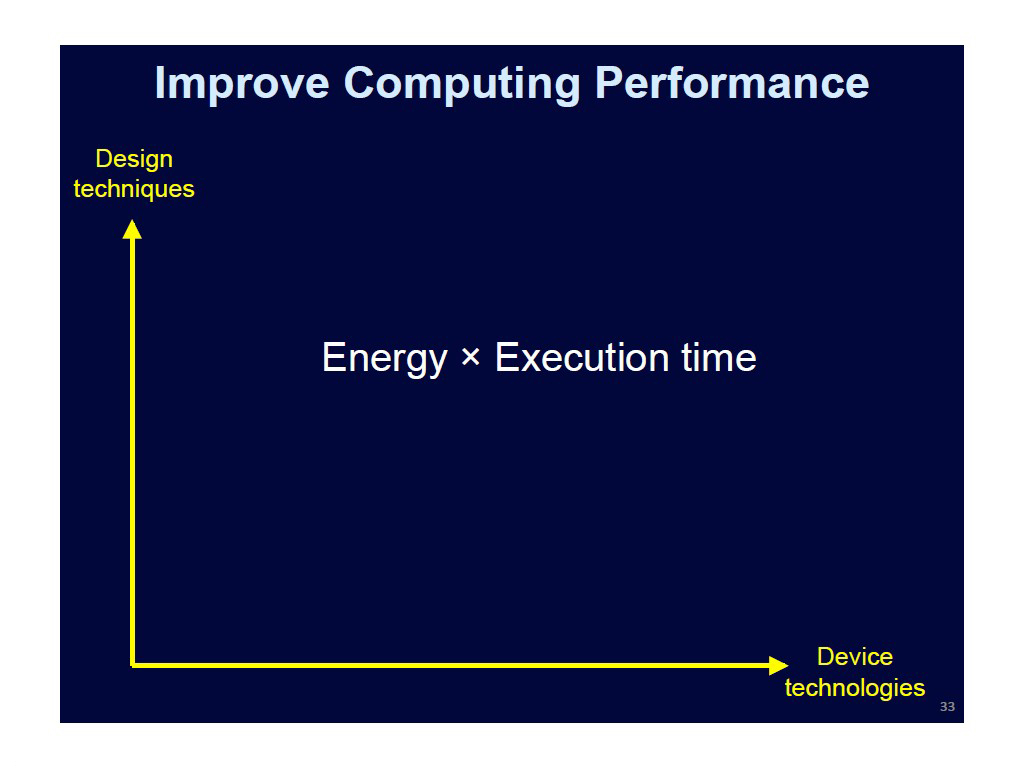 33. Improve Computing Performance
2595.1284617951287
00:00/00:00
33. Improve Computing Performance
2595.1284617951287
00:00/00:00 -
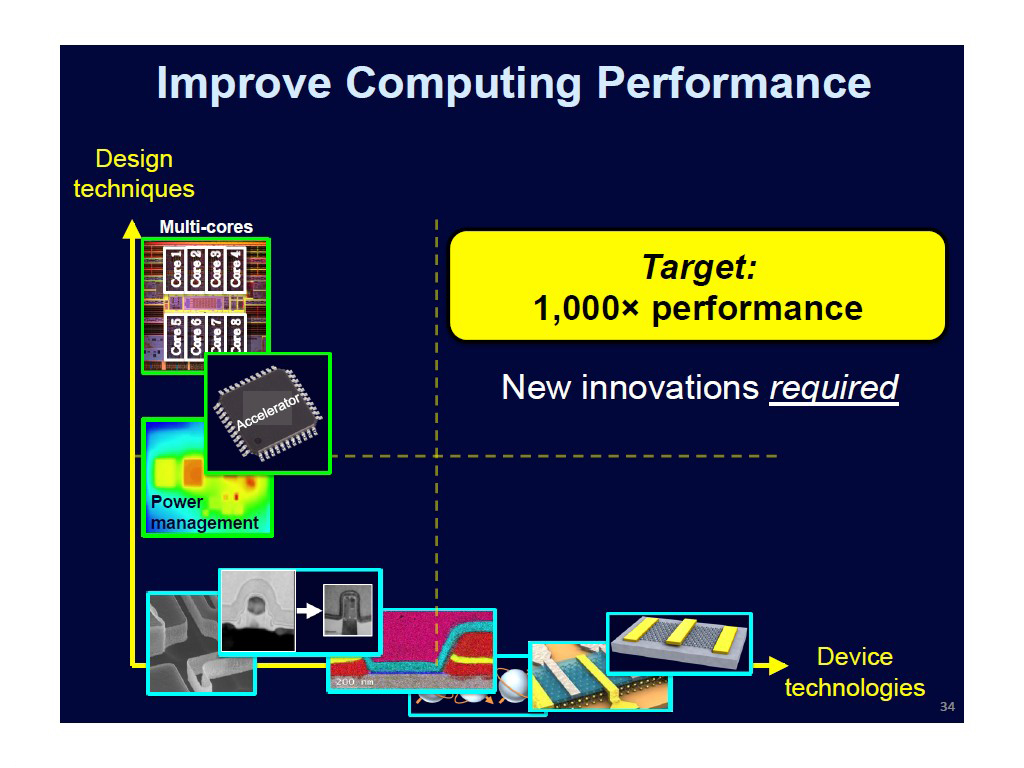 34. Improve Computing Performance
2619.285952619286
00:00/00:00
34. Improve Computing Performance
2619.285952619286
00:00/00:00 -
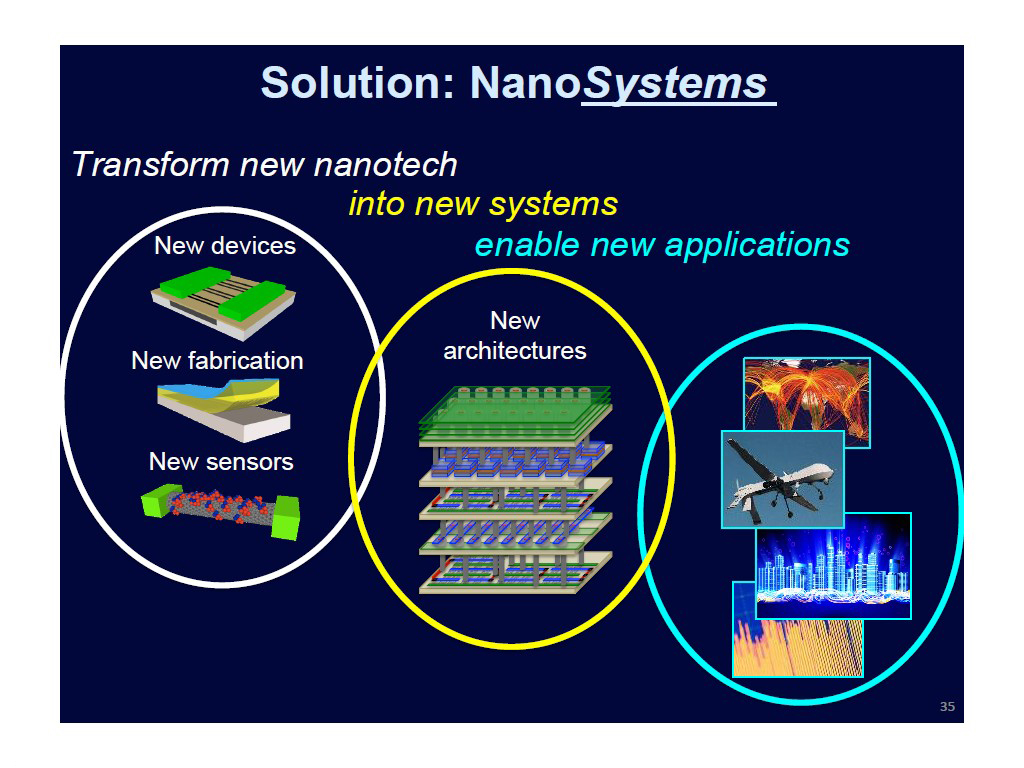 35. Solution: NanoSystems
2648.7821154487824
00:00/00:00
35. Solution: NanoSystems
2648.7821154487824
00:00/00:00 -
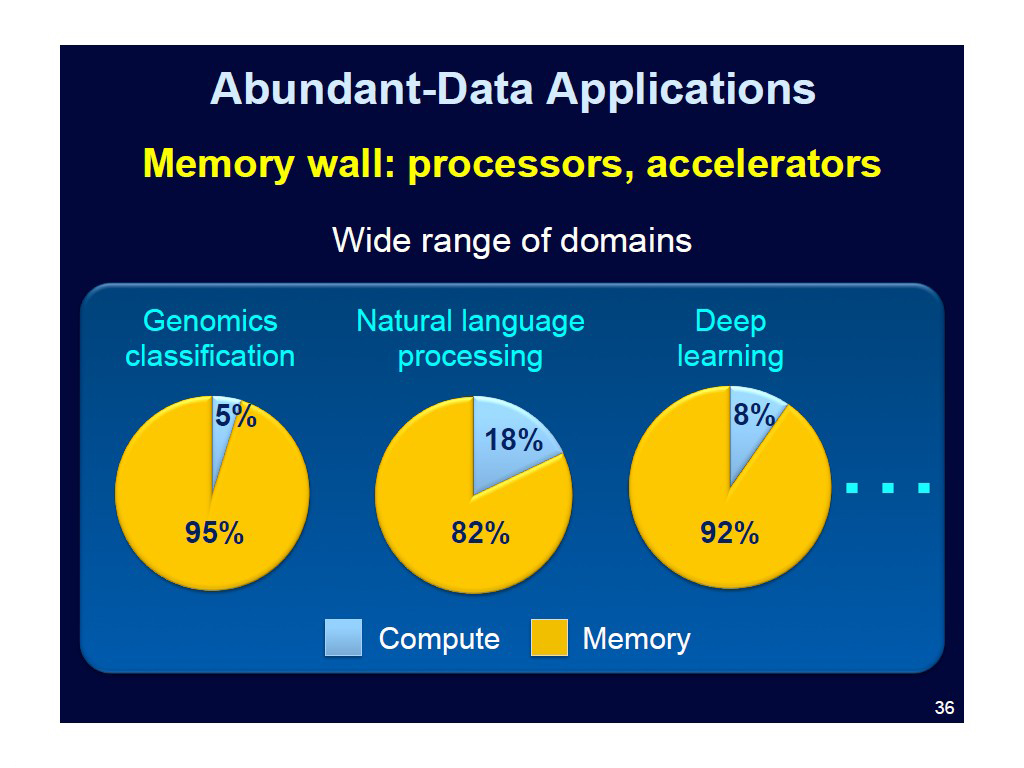 36. Abundant-Data Applications
2722.288955622289
00:00/00:00
36. Abundant-Data Applications
2722.288955622289
00:00/00:00 -
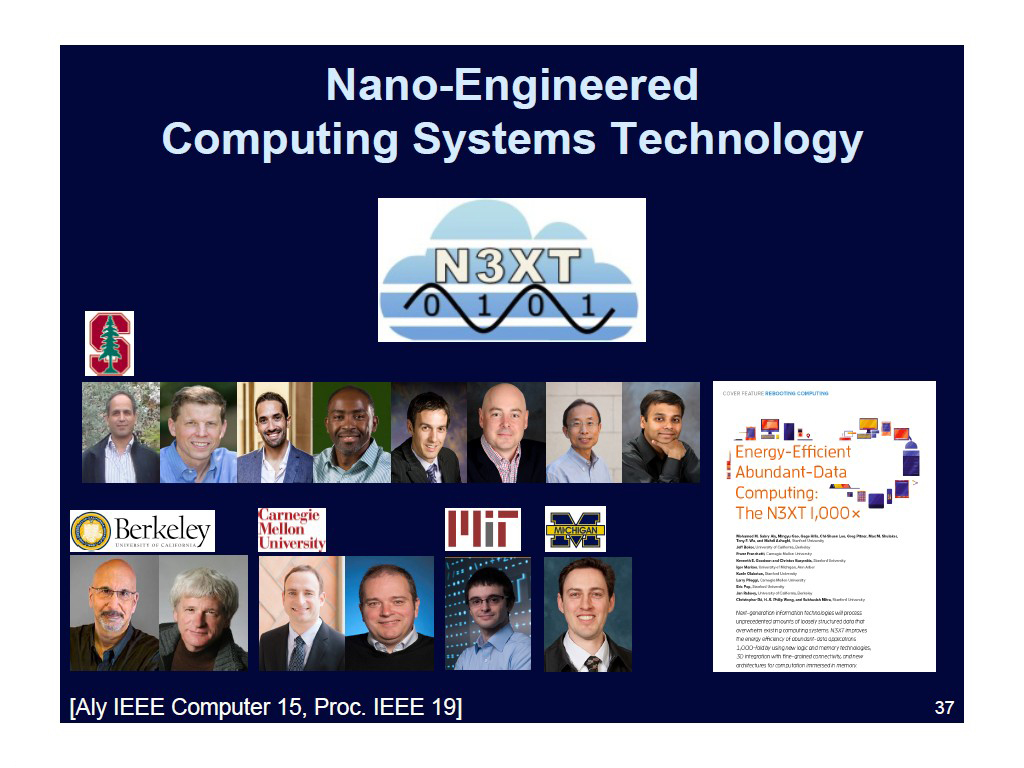 37. Nano-Engineered Computing Syst…
2808.2749416082752
00:00/00:00
37. Nano-Engineered Computing Syst…
2808.2749416082752
00:00/00:00 -
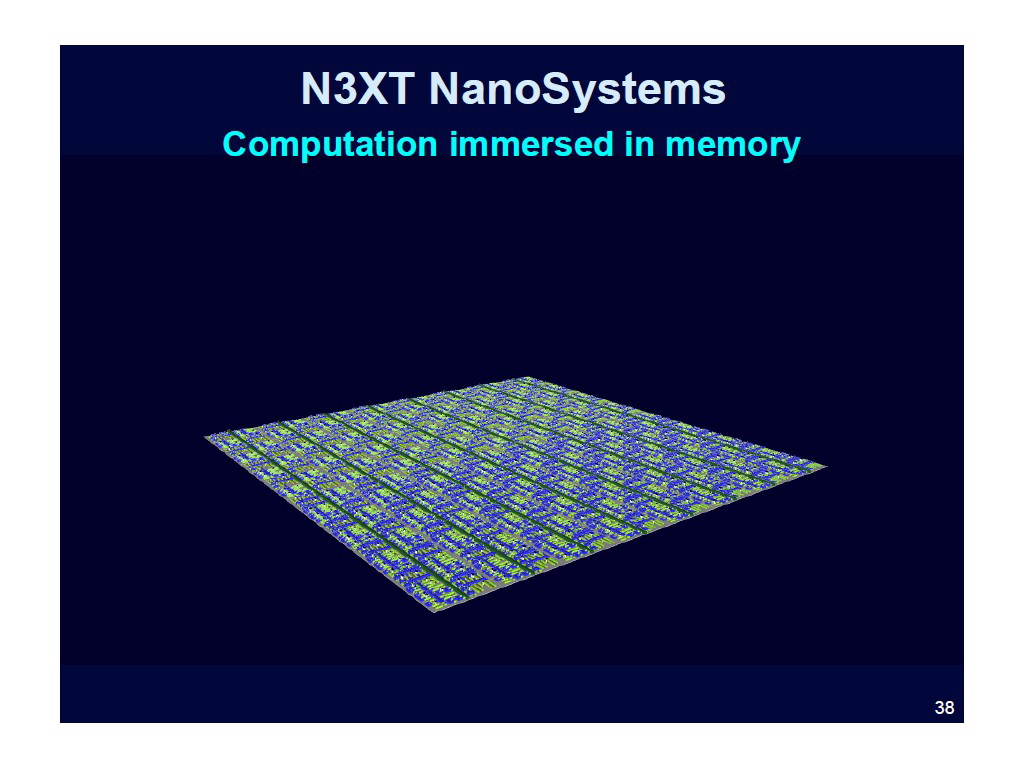 38. N3XT NanoSystems
2849.3827160493829
00:00/00:00
38. N3XT NanoSystems
2849.3827160493829
00:00/00:00 -
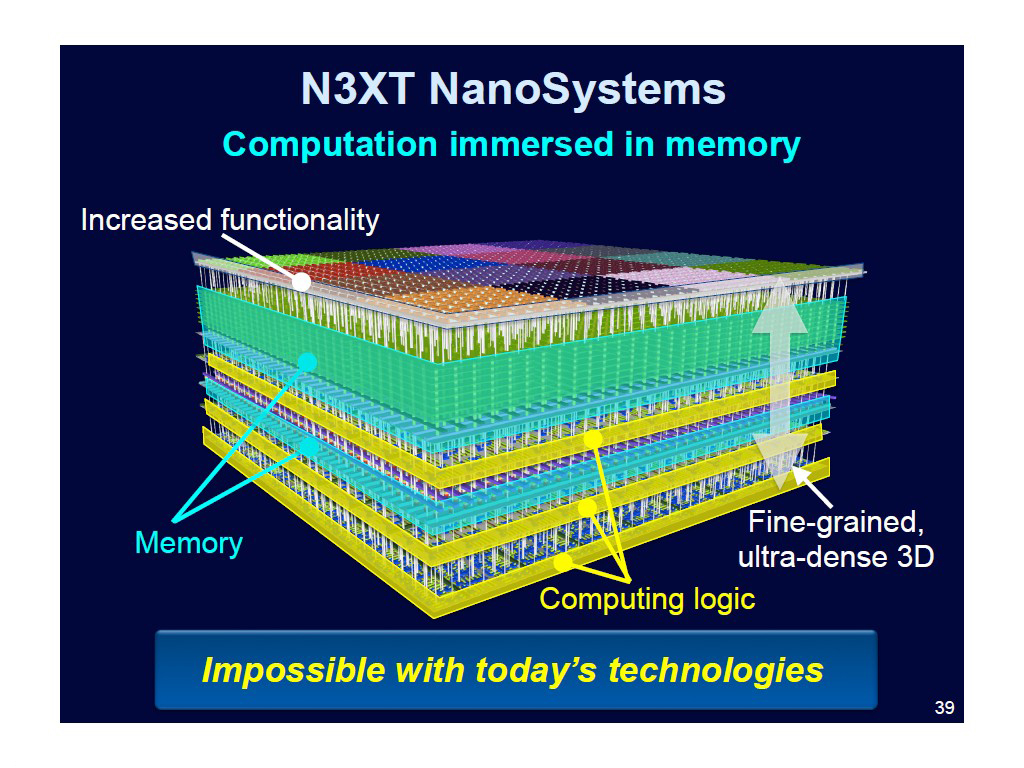 39. N3XT NanoSystems
2853.5869202535869
00:00/00:00
39. N3XT NanoSystems
2853.5869202535869
00:00/00:00 -
 40. N3XT Computation Immersed in M…
2924.8248248248251
00:00/00:00
40. N3XT Computation Immersed in M…
2924.8248248248251
00:00/00:00 -
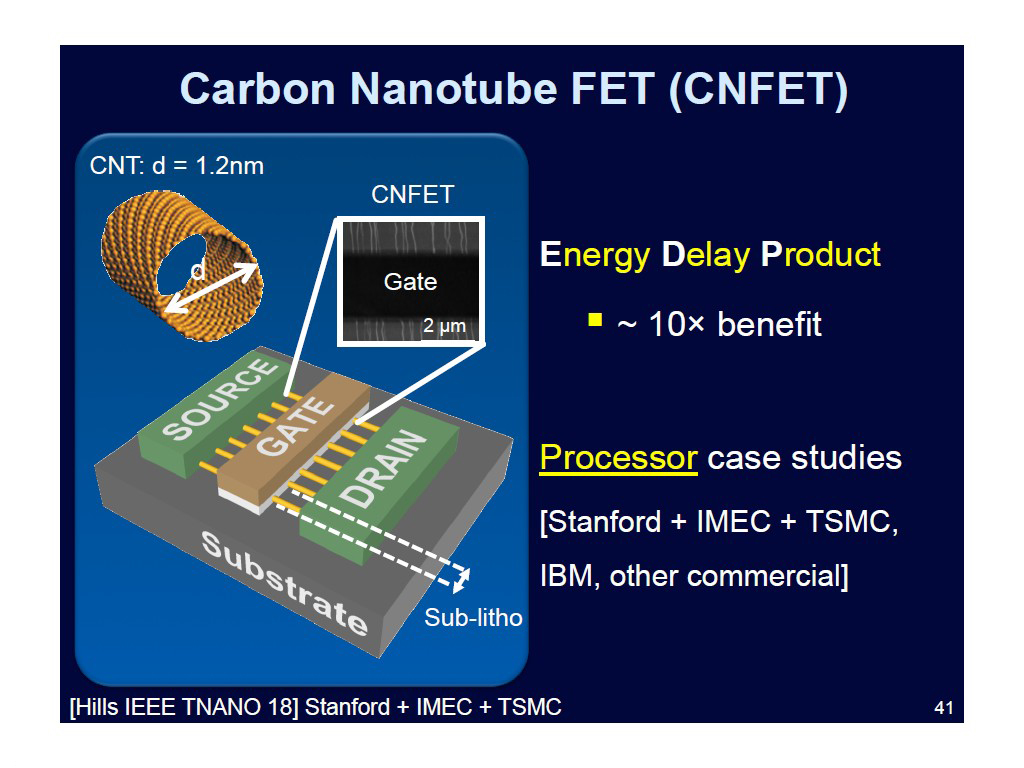 41. Carbon Nanotube FET (CNFET)
3142.676009342676
00:00/00:00
41. Carbon Nanotube FET (CNFET)
3142.676009342676
00:00/00:00 -
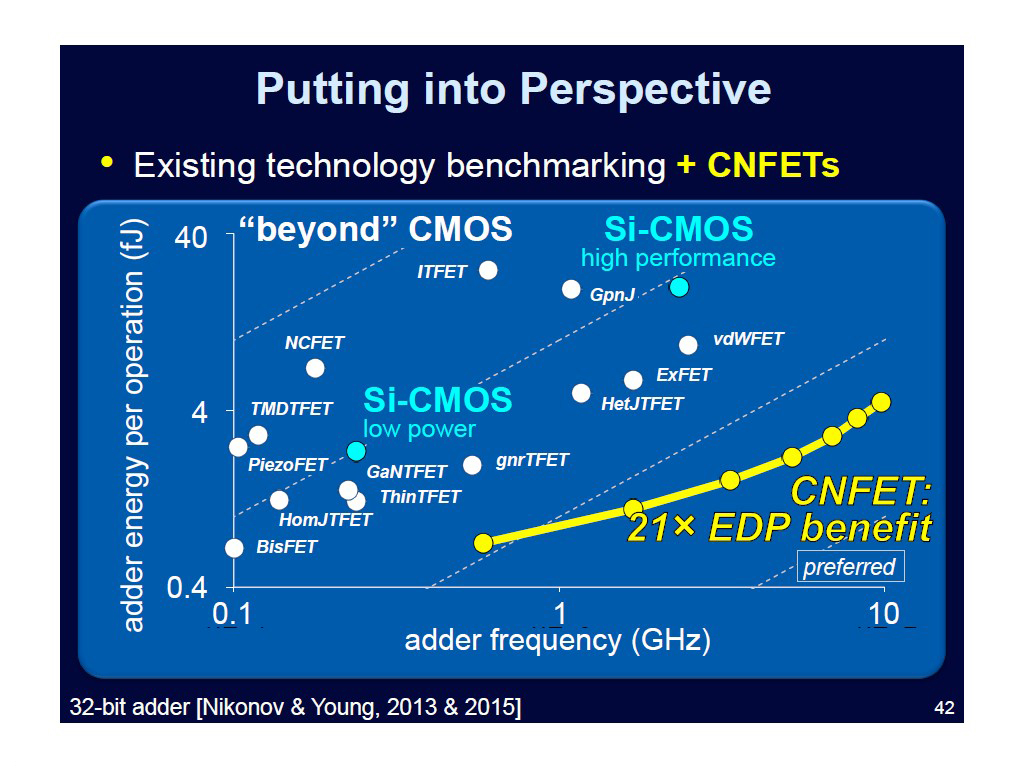 42. Putting into Perspective
3208.5085085085088
00:00/00:00
42. Putting into Perspective
3208.5085085085088
00:00/00:00 -
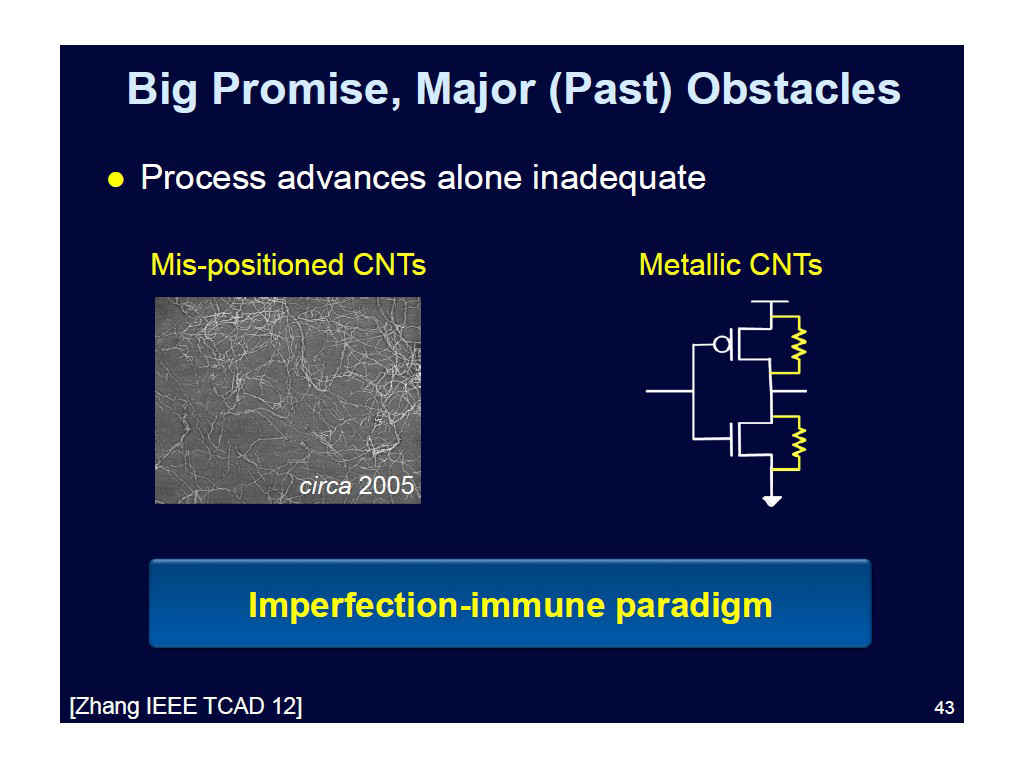 43. Big Promise, Major (Past) Obst…
3370.9042375709046
00:00/00:00
43. Big Promise, Major (Past) Obst…
3370.9042375709046
00:00/00:00 -
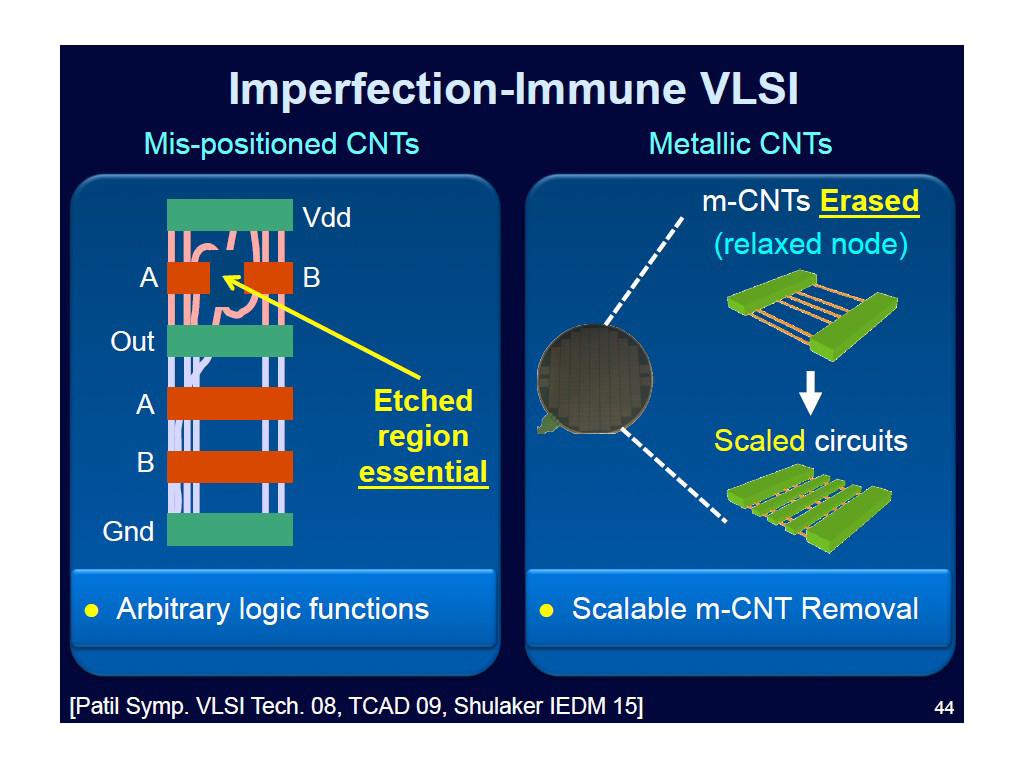 44. Imperfection-Immune VLSI
3394.0273606940273
00:00/00:00
44. Imperfection-Immune VLSI
3394.0273606940273
00:00/00:00 -
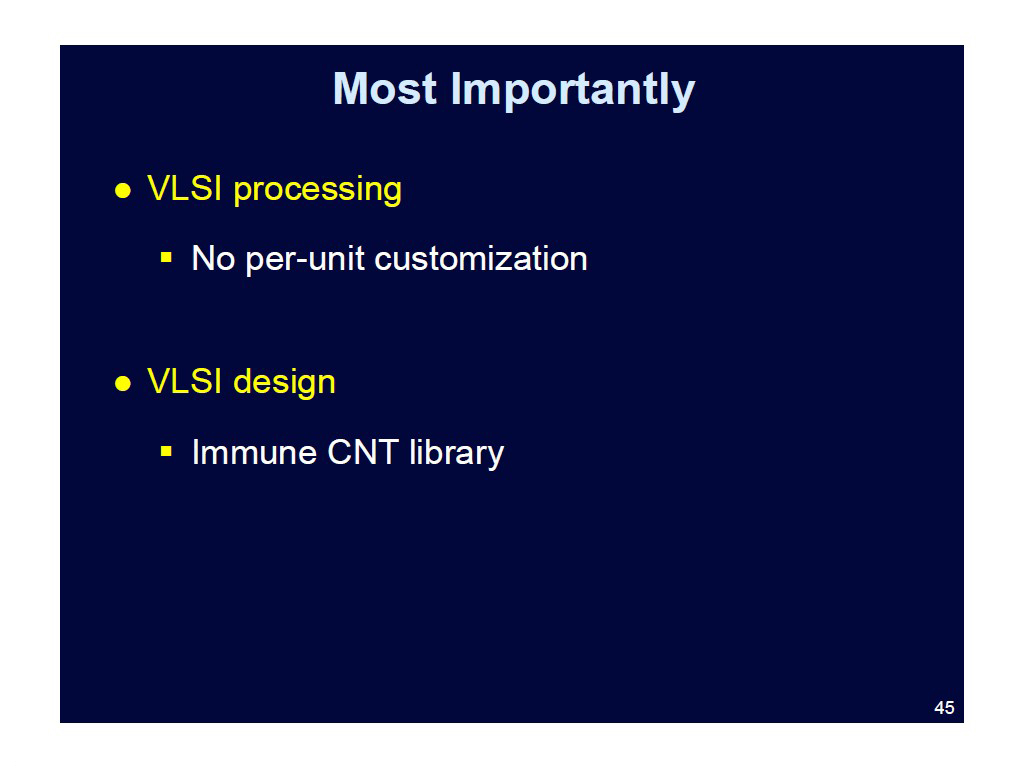 45. Most Importantly
3413.7804471137806
00:00/00:00
45. Most Importantly
3413.7804471137806
00:00/00:00 -
 46. CNT Computer
3435.3687020353686
00:00/00:00
46. CNT Computer
3435.3687020353686
00:00/00:00 -
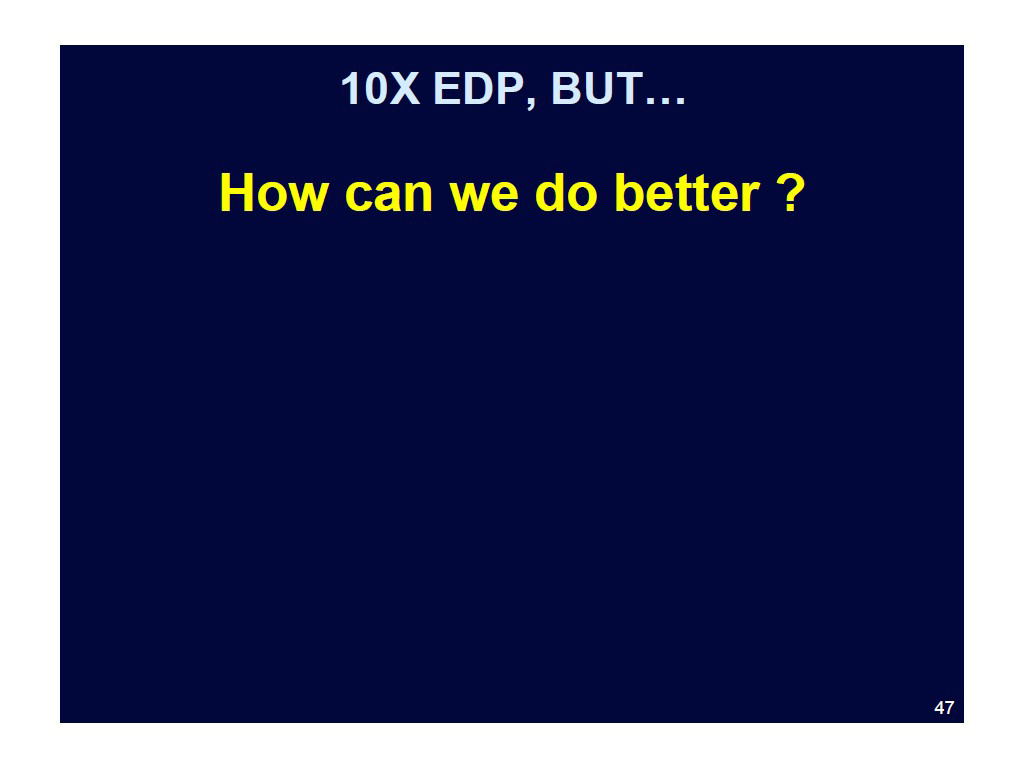 47. 10X EDP, BUT… How can we do …
3442.9429429429429
00:00/00:00
47. 10X EDP, BUT… How can we do …
3442.9429429429429
00:00/00:00 -
 48. 3D Integration
3449.6496496496497
00:00/00:00
48. 3D Integration
3449.6496496496497
00:00/00:00 -
 49. Device + Architecture Benefits
3515.9826493159826
00:00/00:00
49. Device + Architecture Benefits
3515.9826493159826
00:00/00:00 -
 50. 3D NanoSystem
3533.733733733734
00:00/00:00
50. 3D NanoSystem
3533.733733733734
00:00/00:00 -
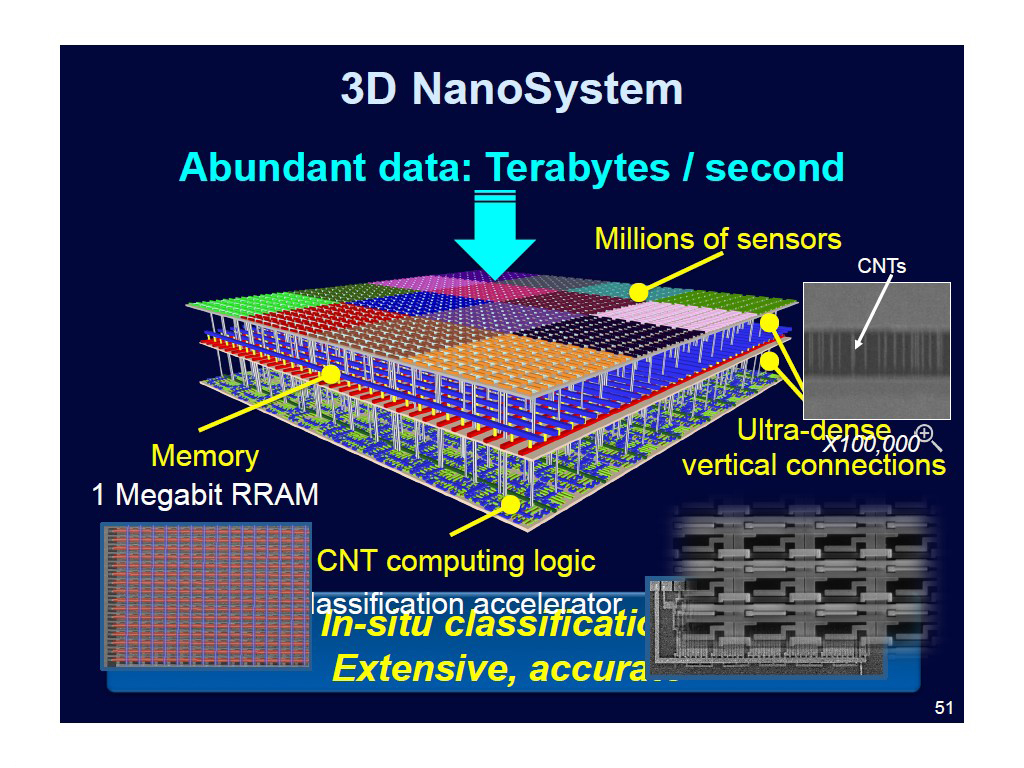 51. 3D NanoSystem
3549.1491491491493
00:00/00:00
51. 3D NanoSystem
3549.1491491491493
00:00/00:00 -
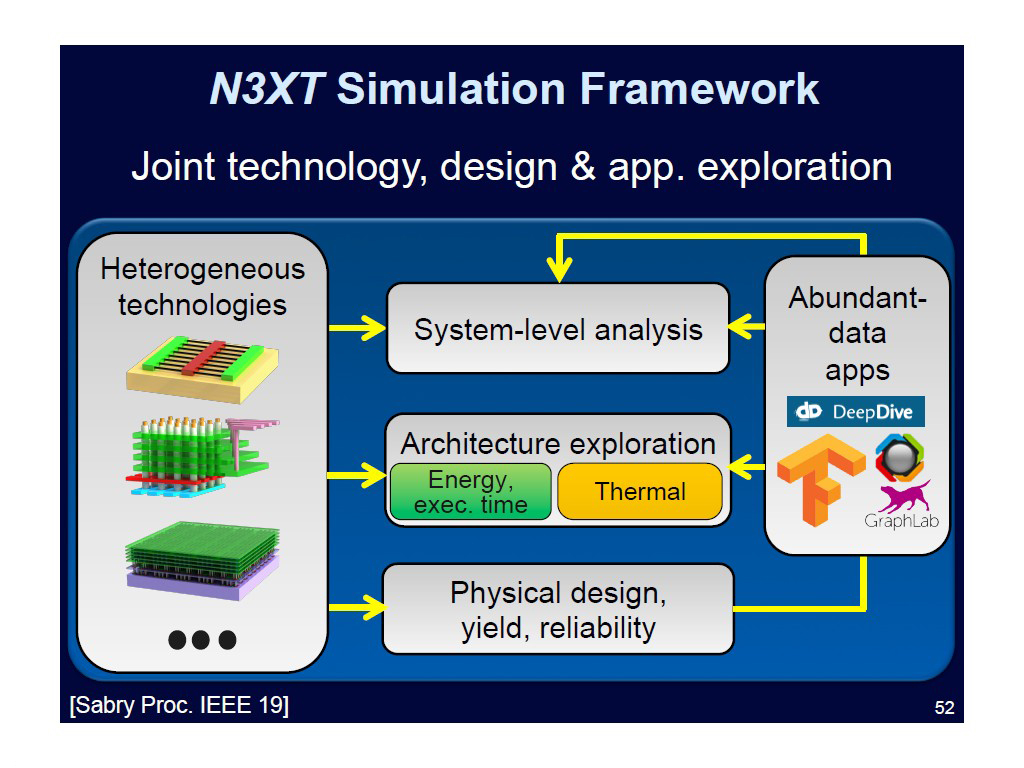 52. N3XT Simulation Framework
3585.7857857857857
00:00/00:00
52. N3XT Simulation Framework
3585.7857857857857
00:00/00:00 -
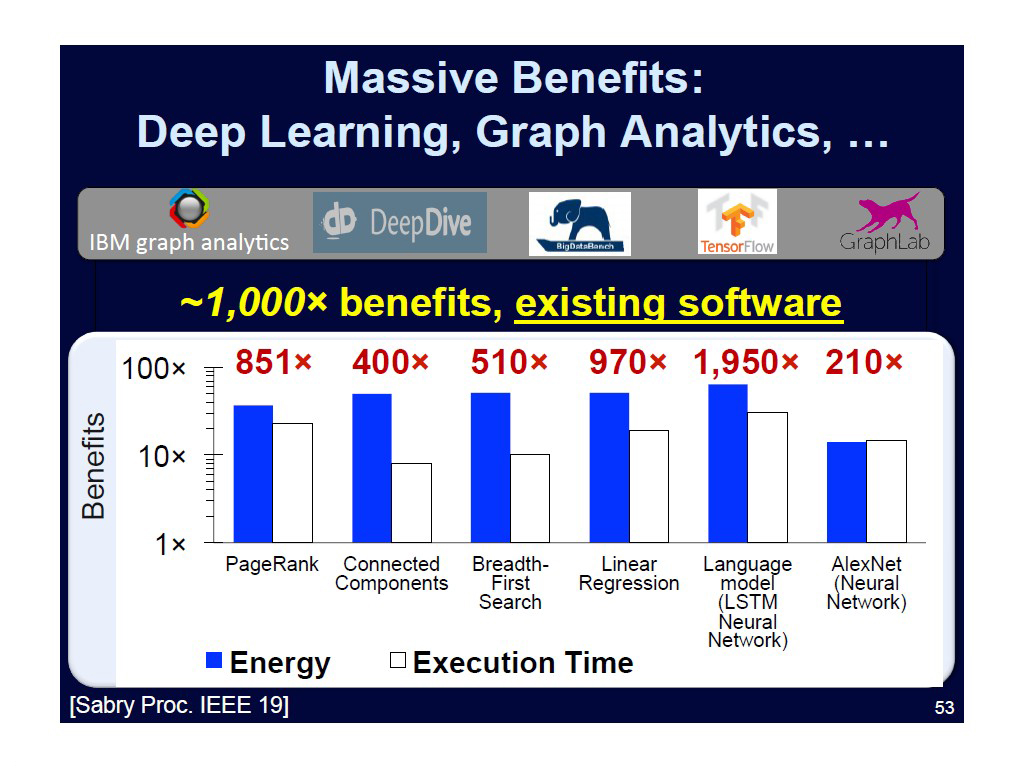 53. Massive Benefits: Deep Learnin…
3641.8752085418755
00:00/00:00
53. Massive Benefits: Deep Learnin…
3641.8752085418755
00:00/00:00 -
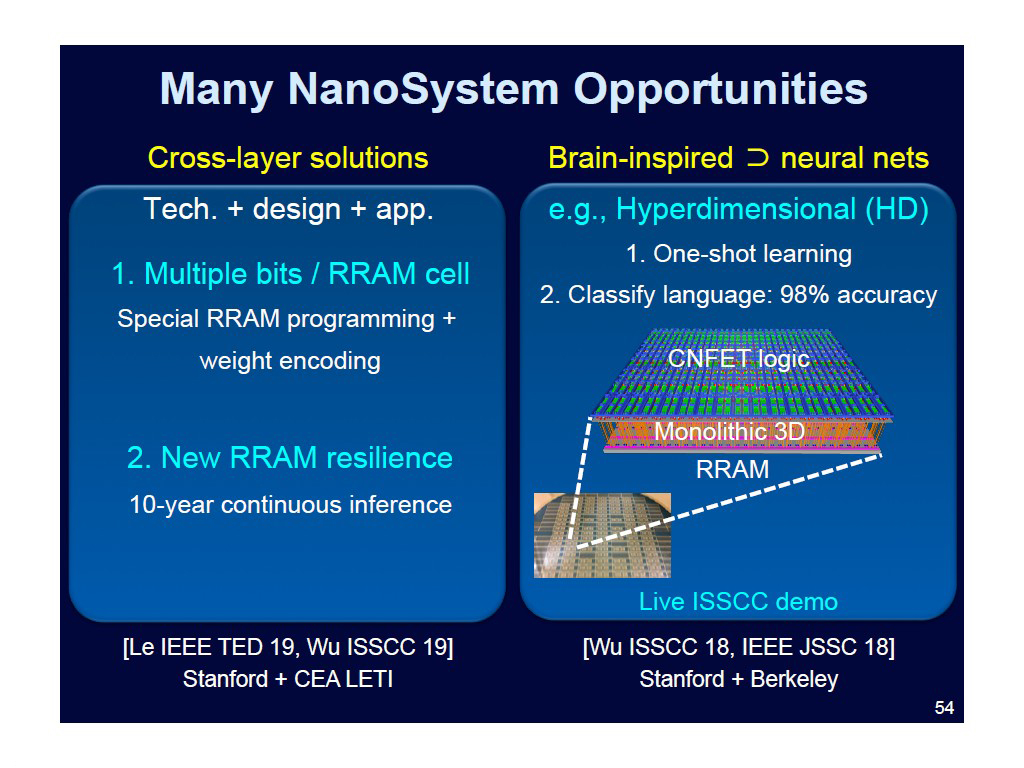 54. Many NanoSystem Opportunities
3666.7000333667
00:00/00:00
54. Many NanoSystem Opportunities
3666.7000333667
00:00/00:00 -
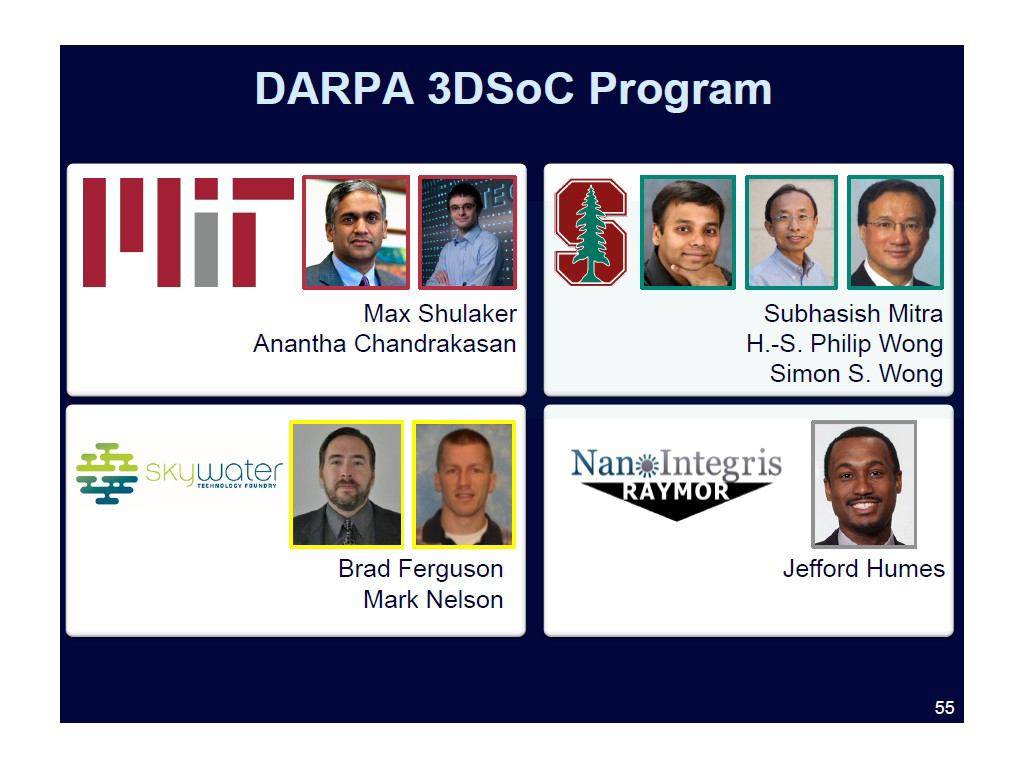 55. DARPA 3DSoC Program
3742.8094761428097
00:00/00:00
55. DARPA 3DSoC Program
3742.8094761428097
00:00/00:00 -
 56. Outline
3748.3149816483151
00:00/00:00
56. Outline
3748.3149816483151
00:00/00:00 -
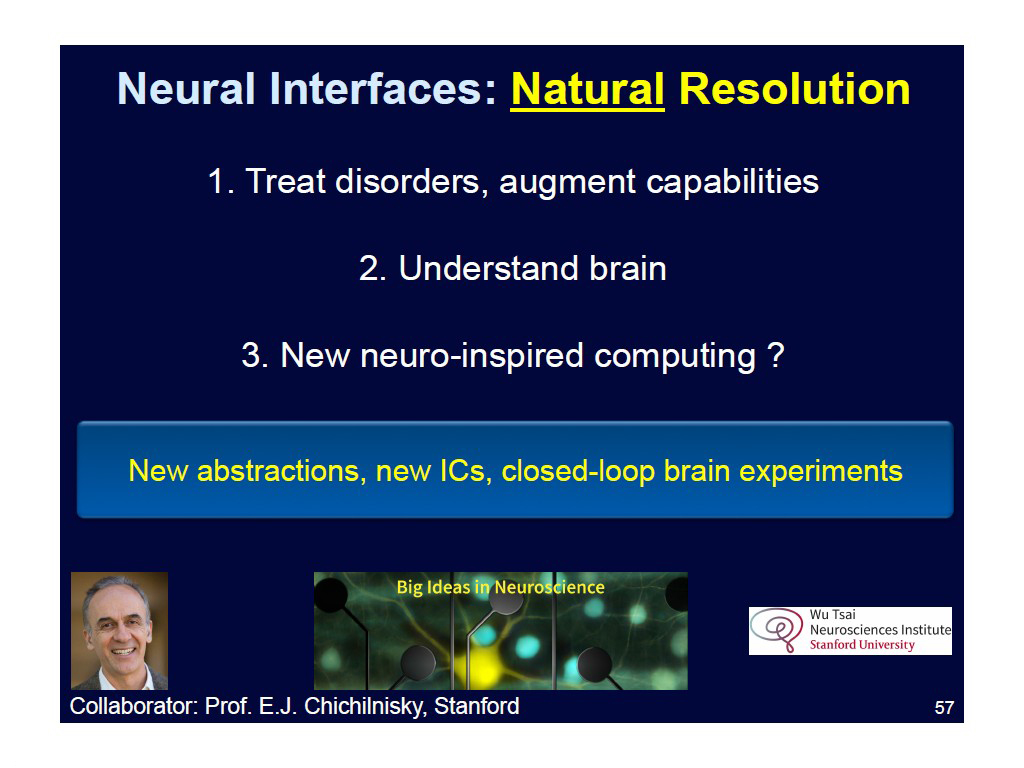 57. Neural Interfaces: Natural Res…
3754.7881214547883
00:00/00:00
57. Neural Interfaces: Natural Res…
3754.7881214547883
00:00/00:00 -
 58. Conclusion
3769.5362028695363
00:00/00:00
58. Conclusion
3769.5362028695363
00:00/00:00
 Subhasish Mitra is Professor of EE and of CS at Stanford University, where he directs the Stanford Robust Systems Group and co-leads the Computation focus area of the Stanford SystemX Alliance. He is also a faculty member of the Stanford Neurosciences Institute. Prof. Mitra holds the Carnot Chair of Excellence in Nanosystems at CEA-LETI in Grenoble, France. Before joining the Stanford faculty, he was a Principal Engineer at Intel Corporation. Prof. Mitra's research interests range broadly across robust computing, nanosystems, VLSI design, validation, test and electronic design automation, and neurosciences.
Subhasish Mitra is Professor of EE and of CS at Stanford University, where he directs the Stanford Robust Systems Group and co-leads the Computation focus area of the Stanford SystemX Alliance. He is also a faculty member of the Stanford Neurosciences Institute. Prof. Mitra holds the Carnot Chair of Excellence in Nanosystems at CEA-LETI in Grenoble, France. Before joining the Stanford faculty, he was a Principal Engineer at Intel Corporation. Prof. Mitra's research interests range broadly across robust computing, nanosystems, VLSI design, validation, test and electronic design automation, and neurosciences.